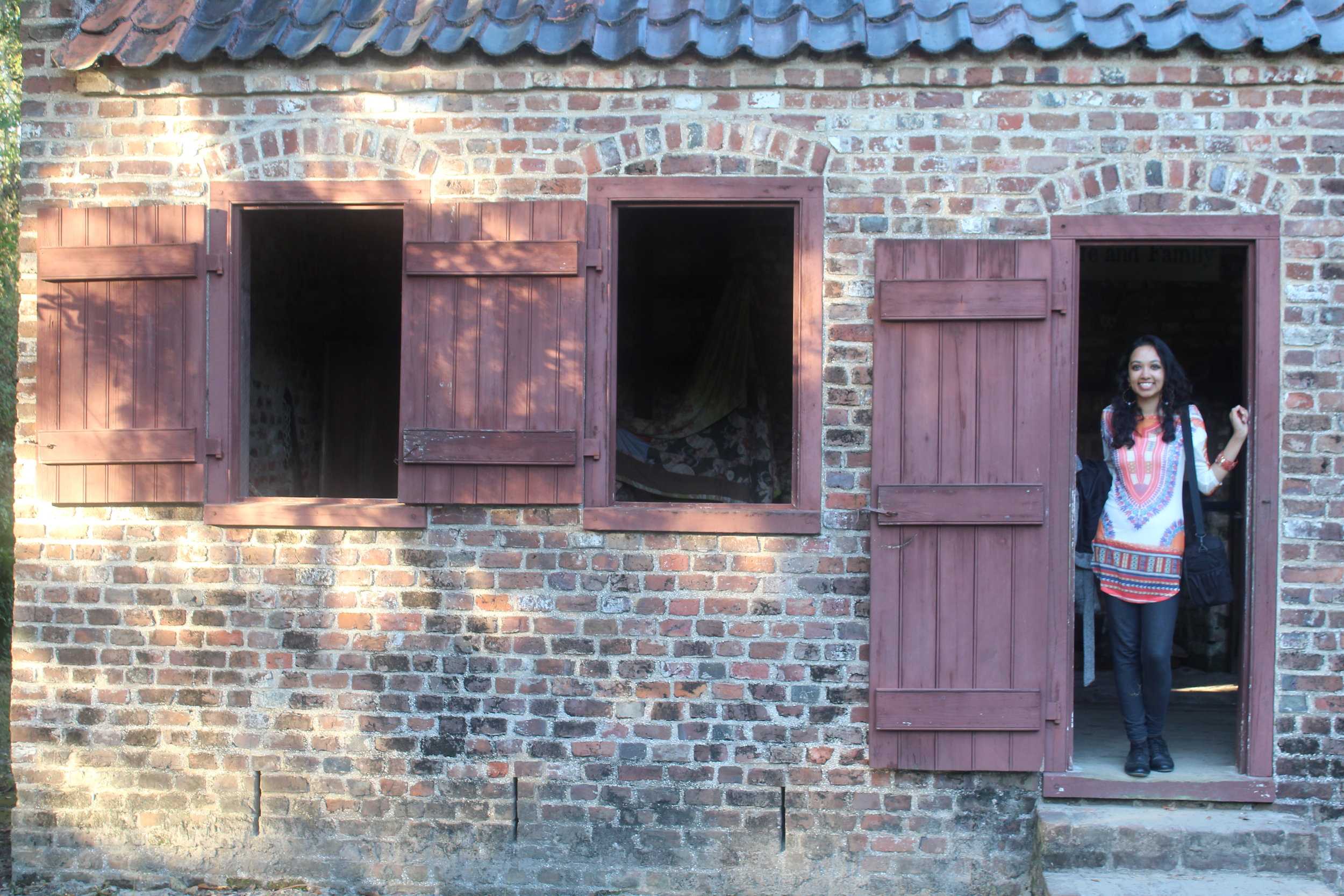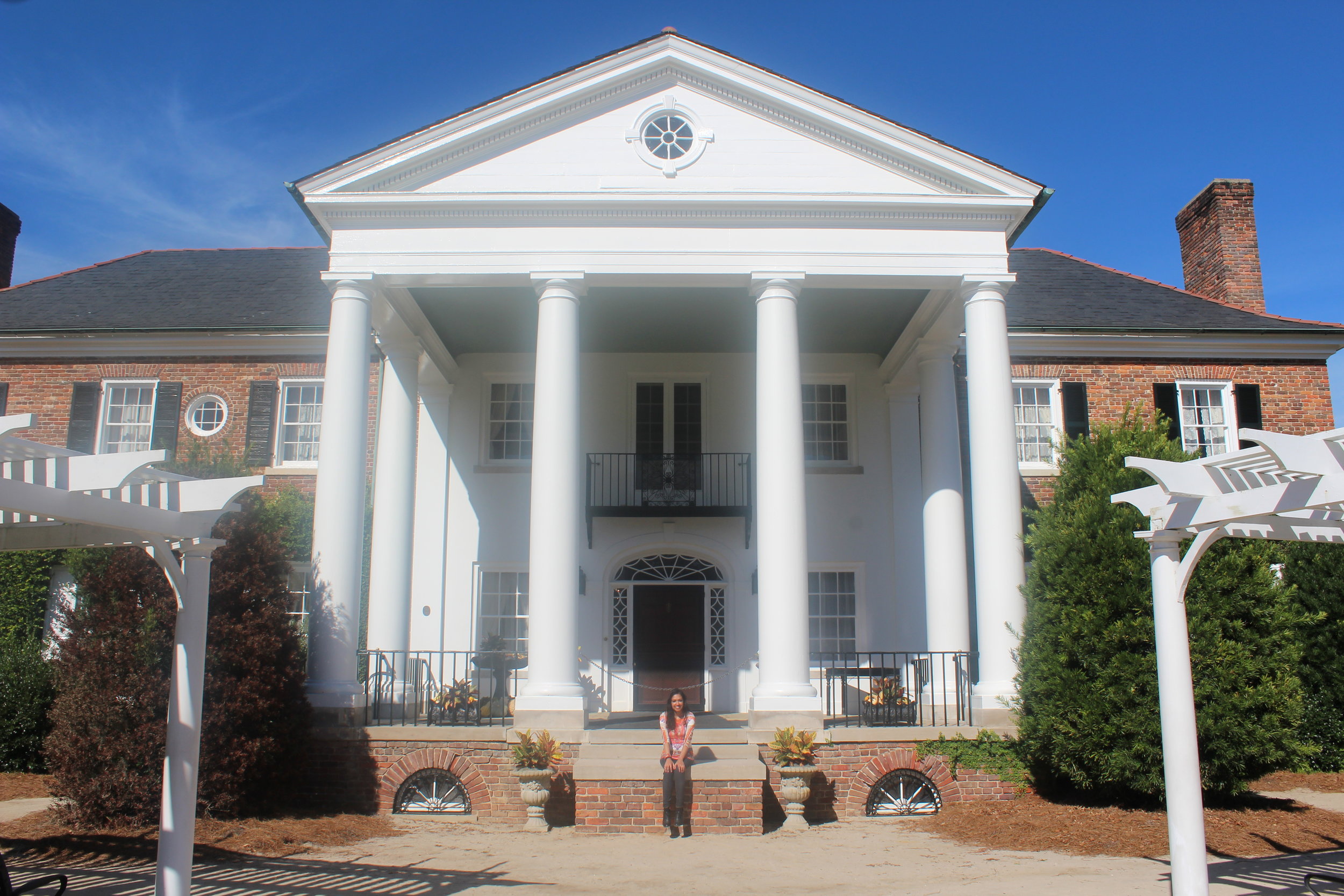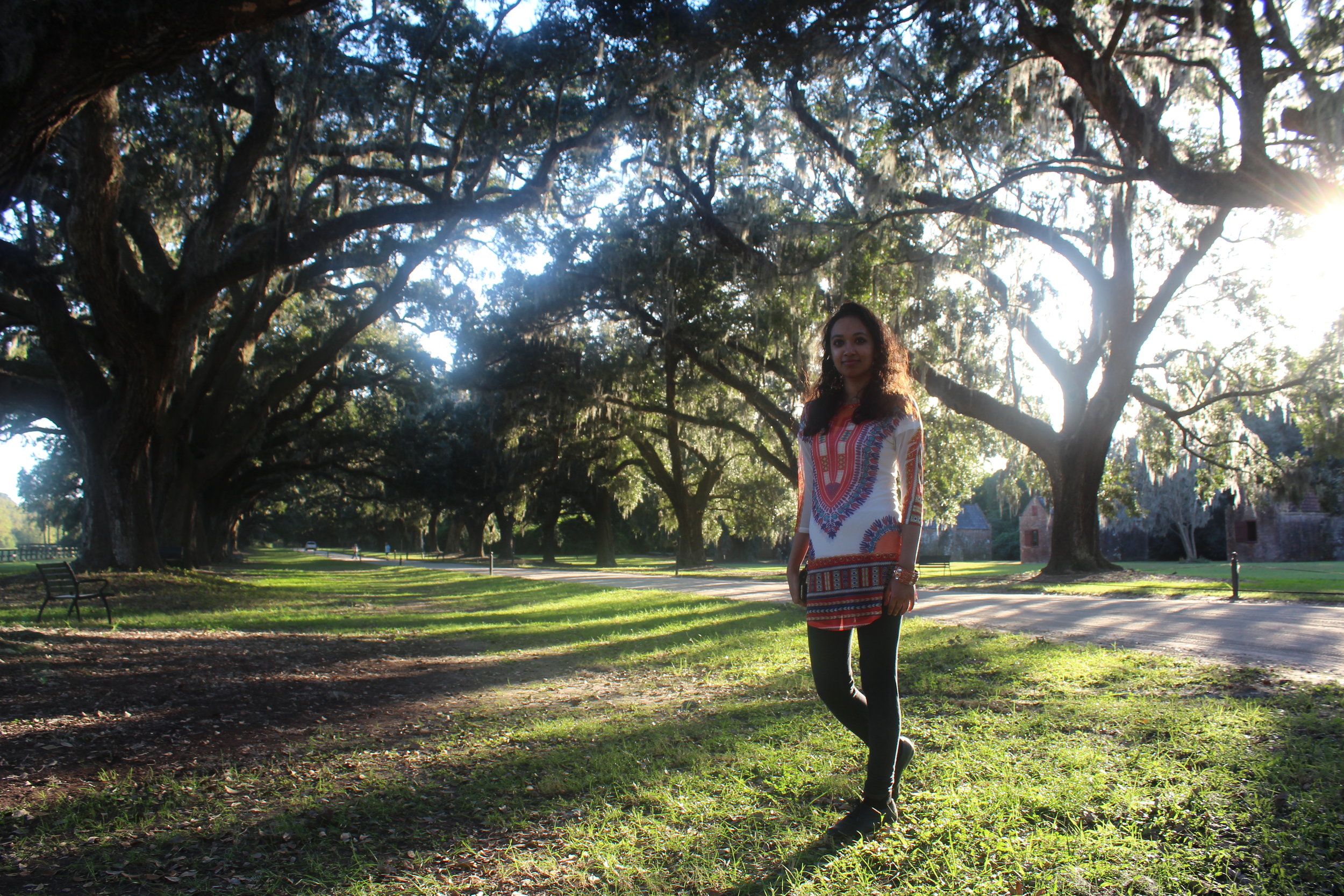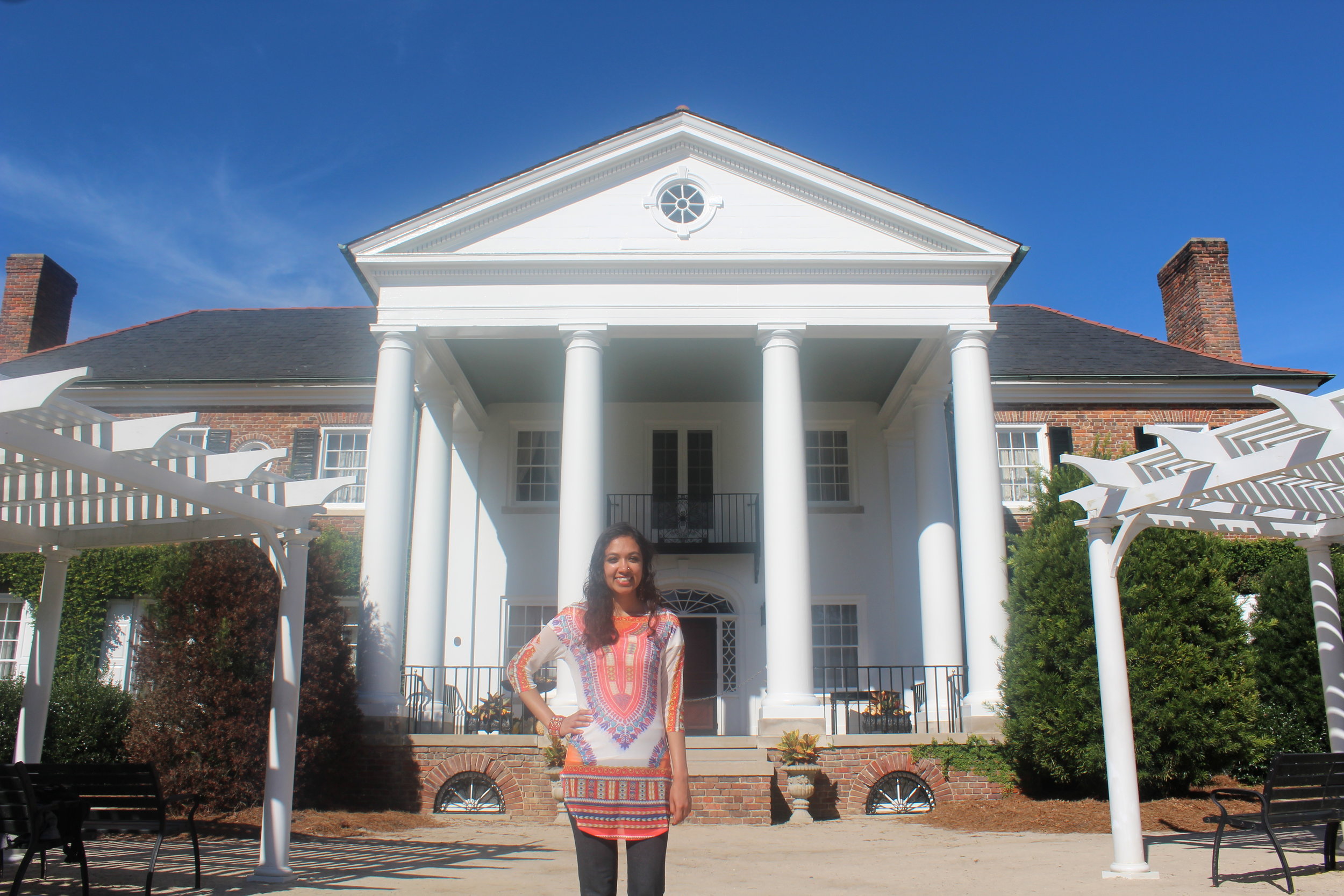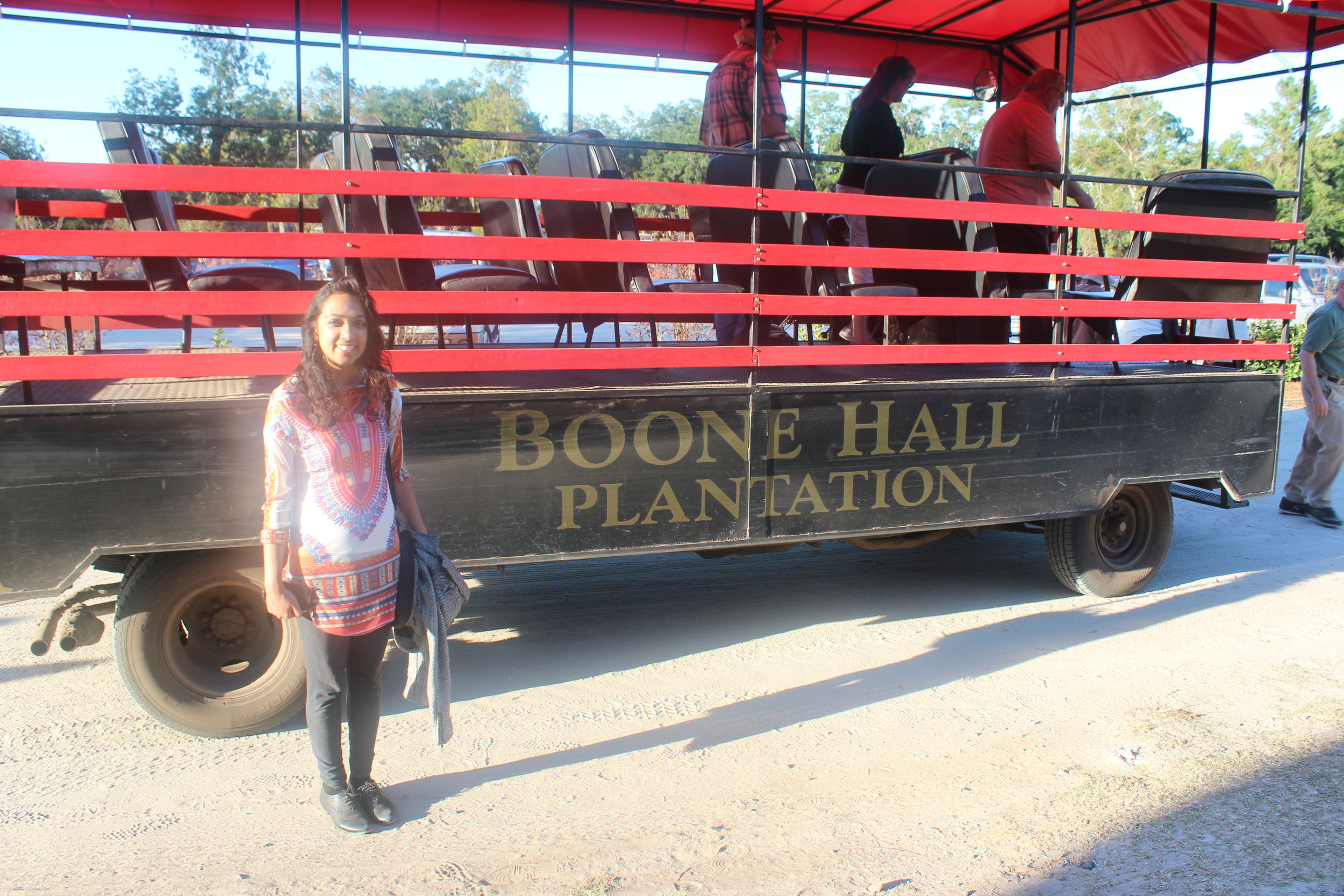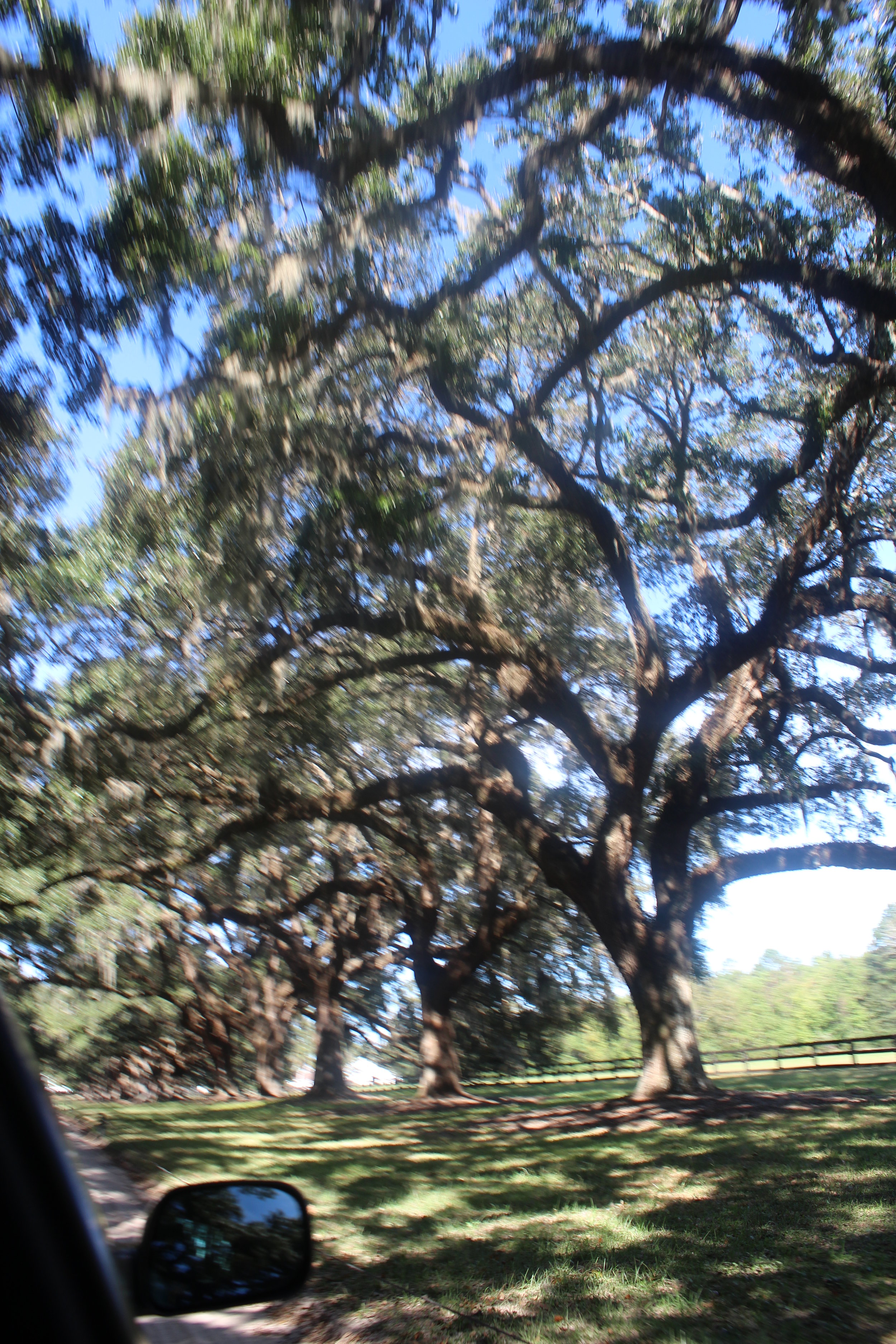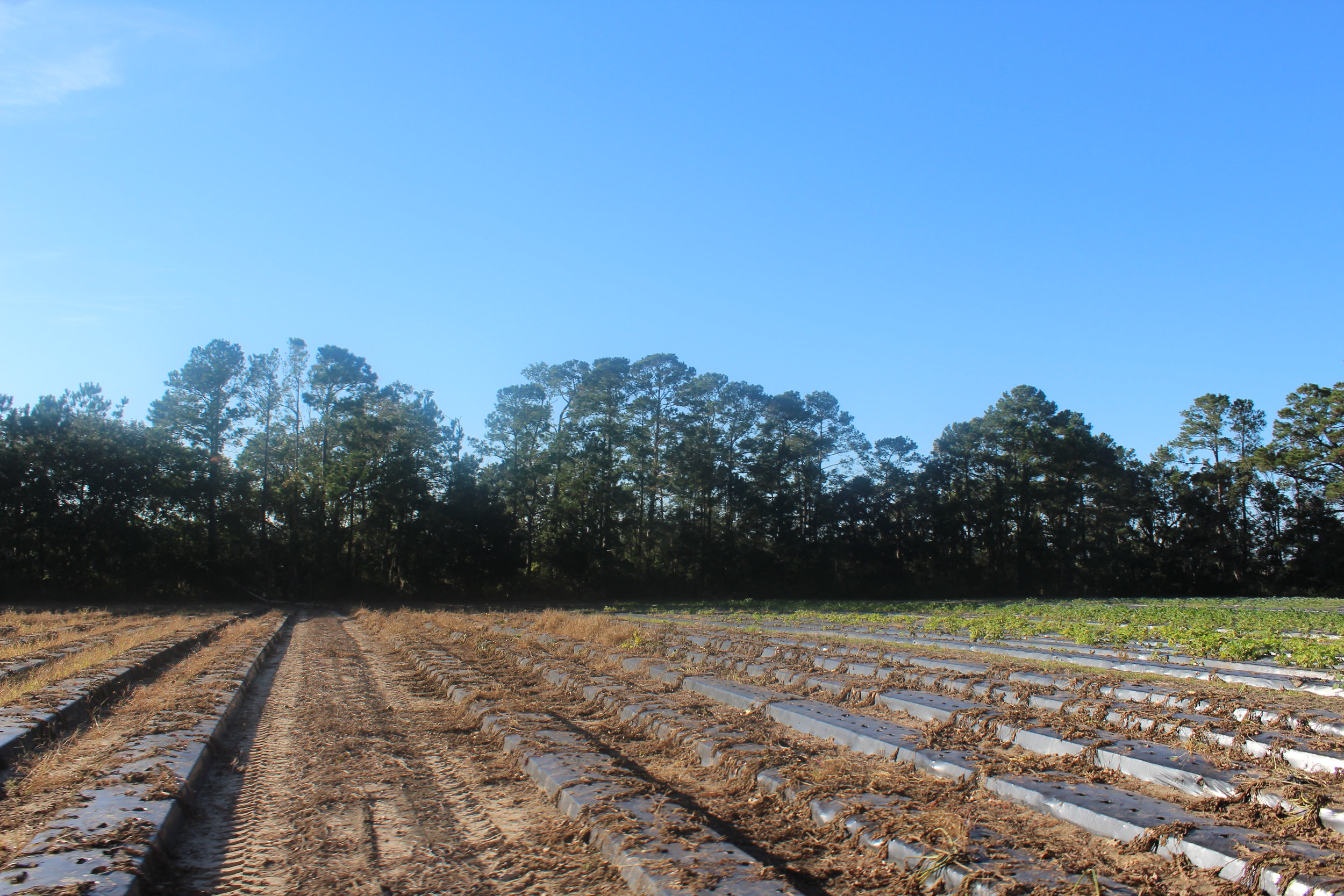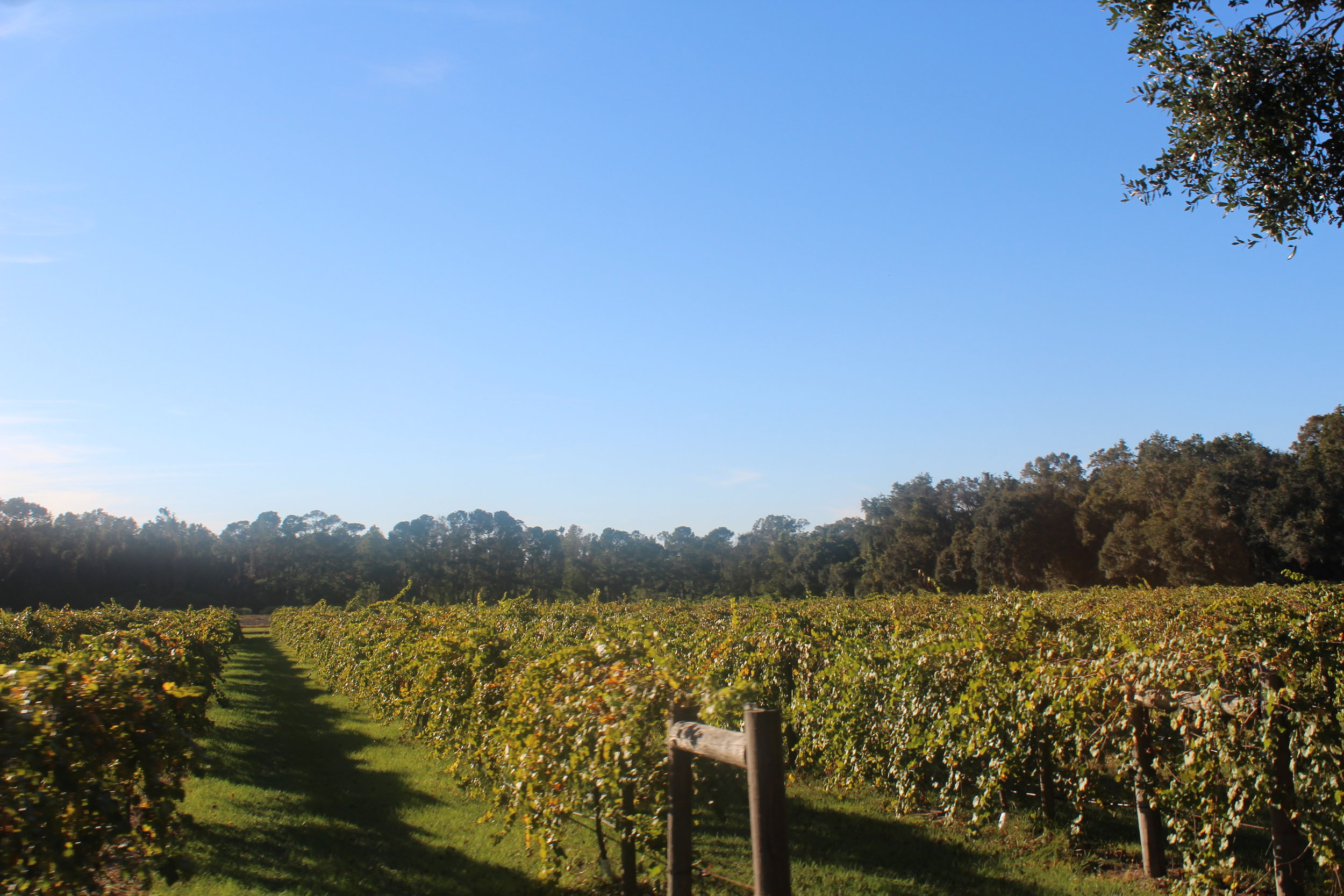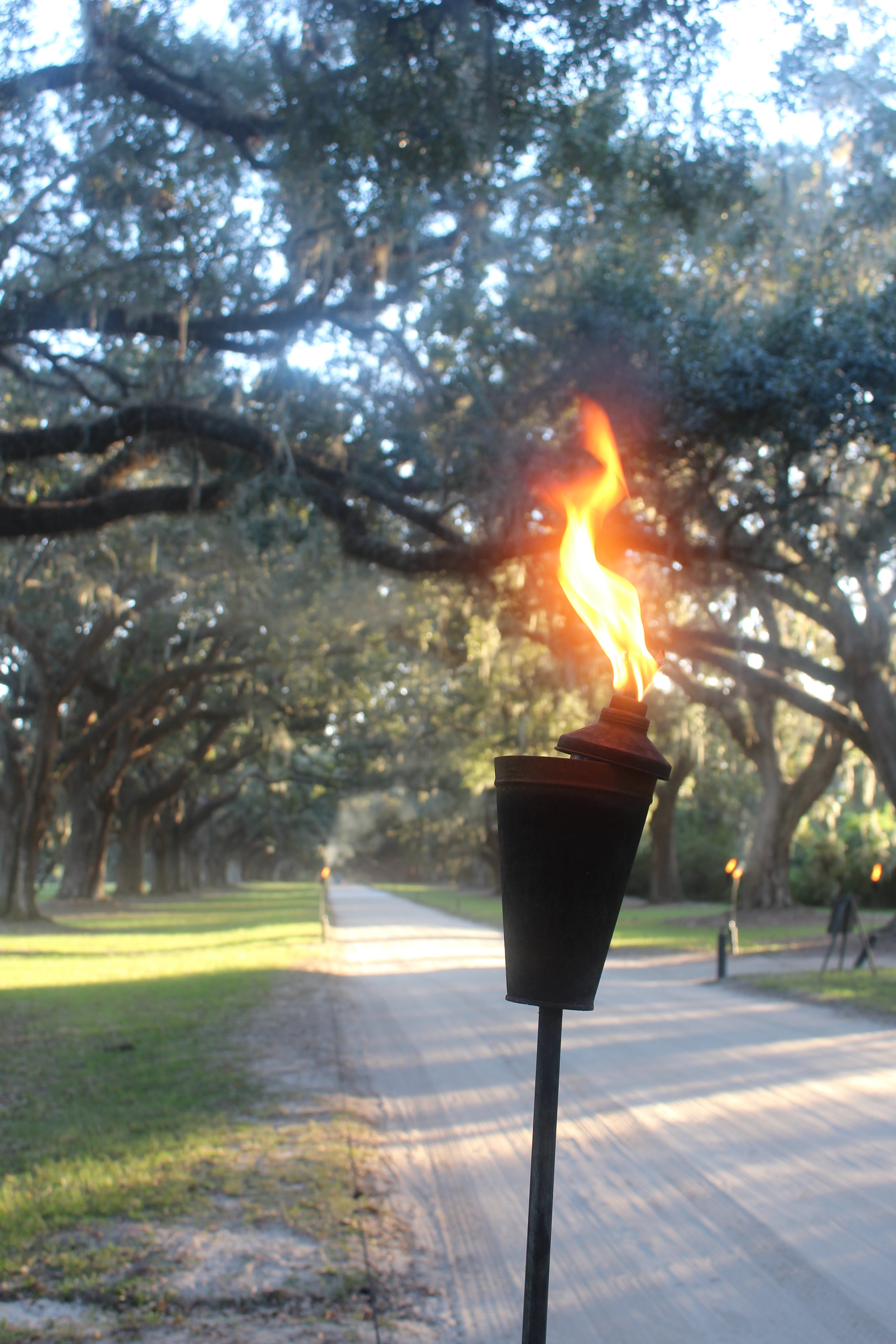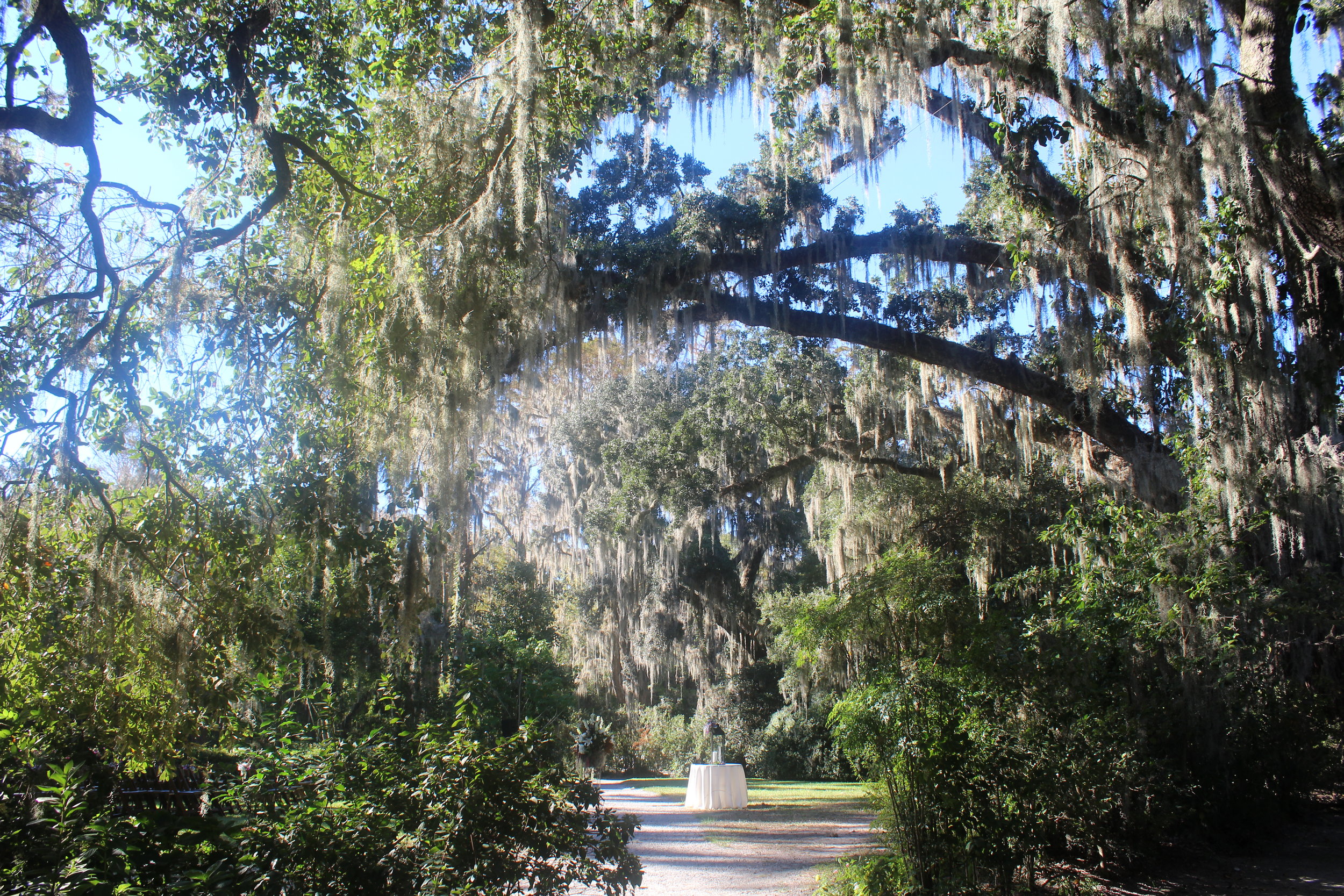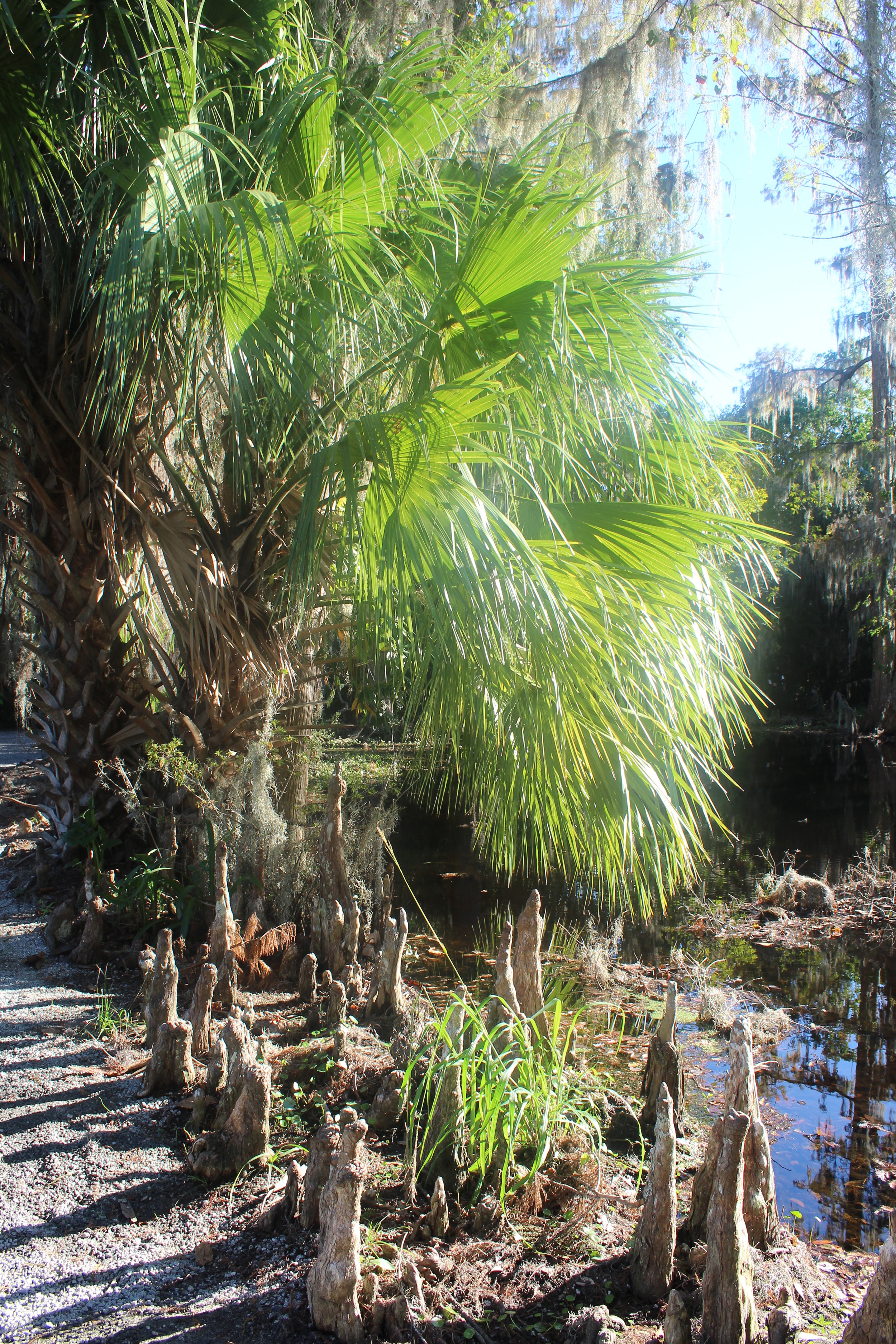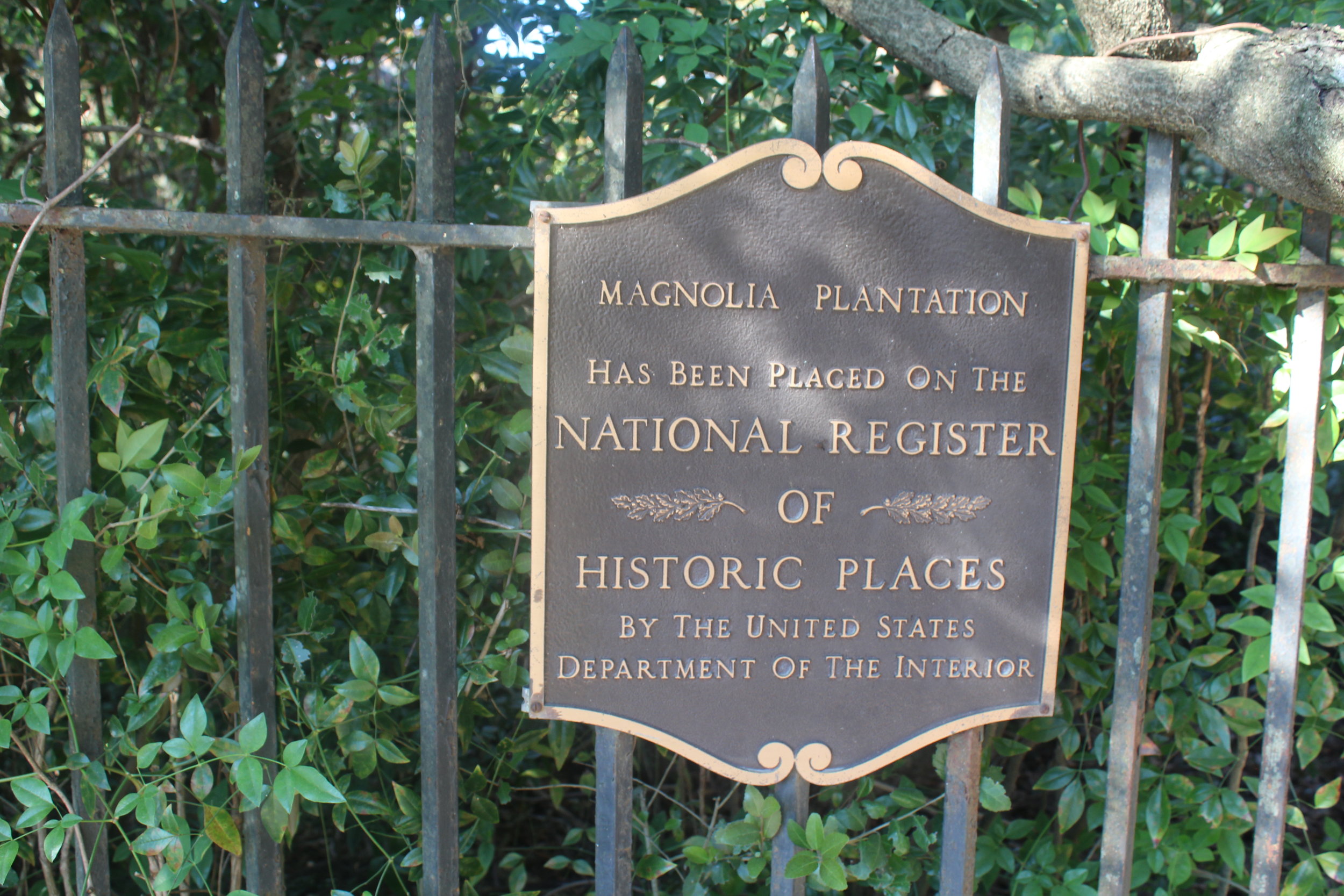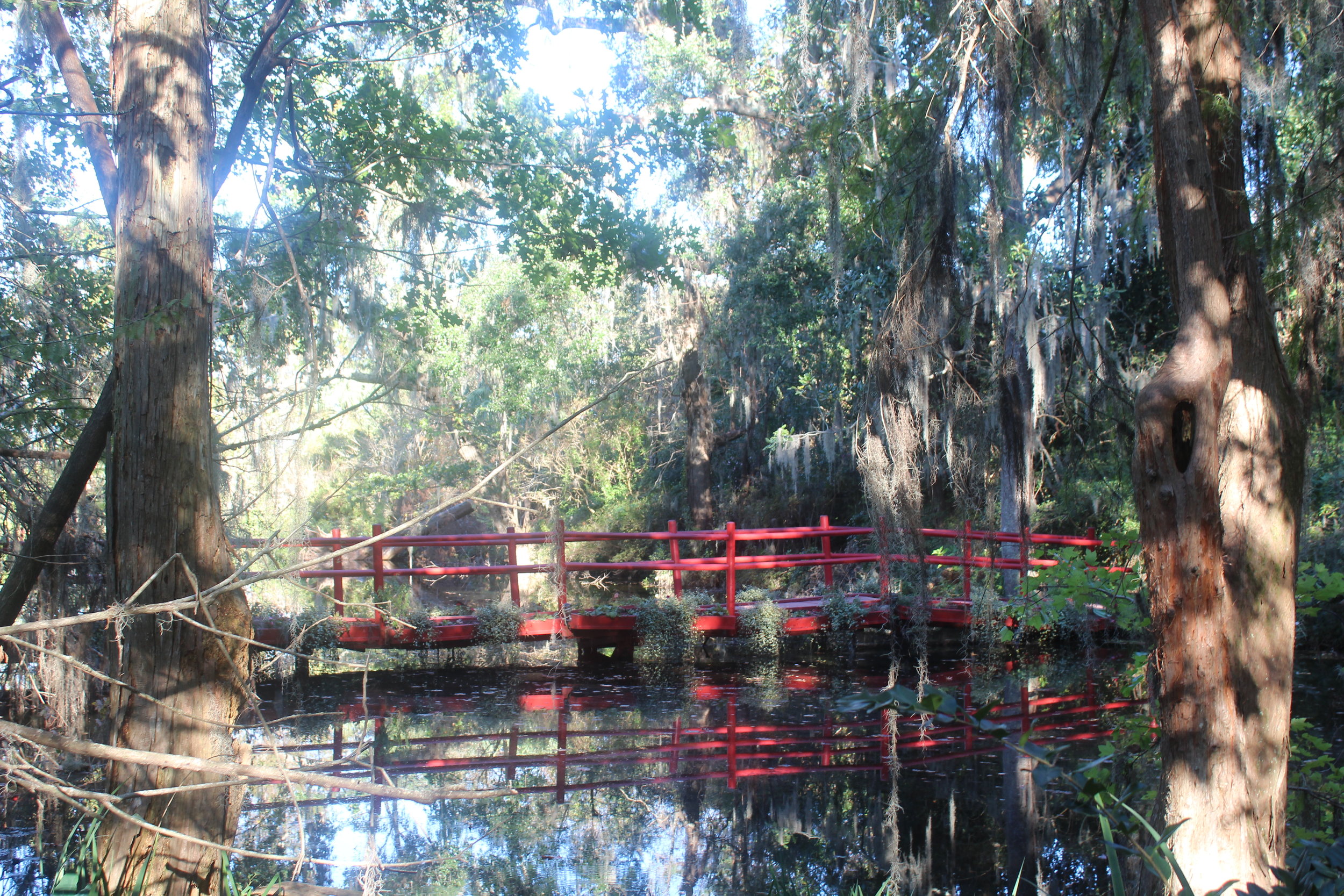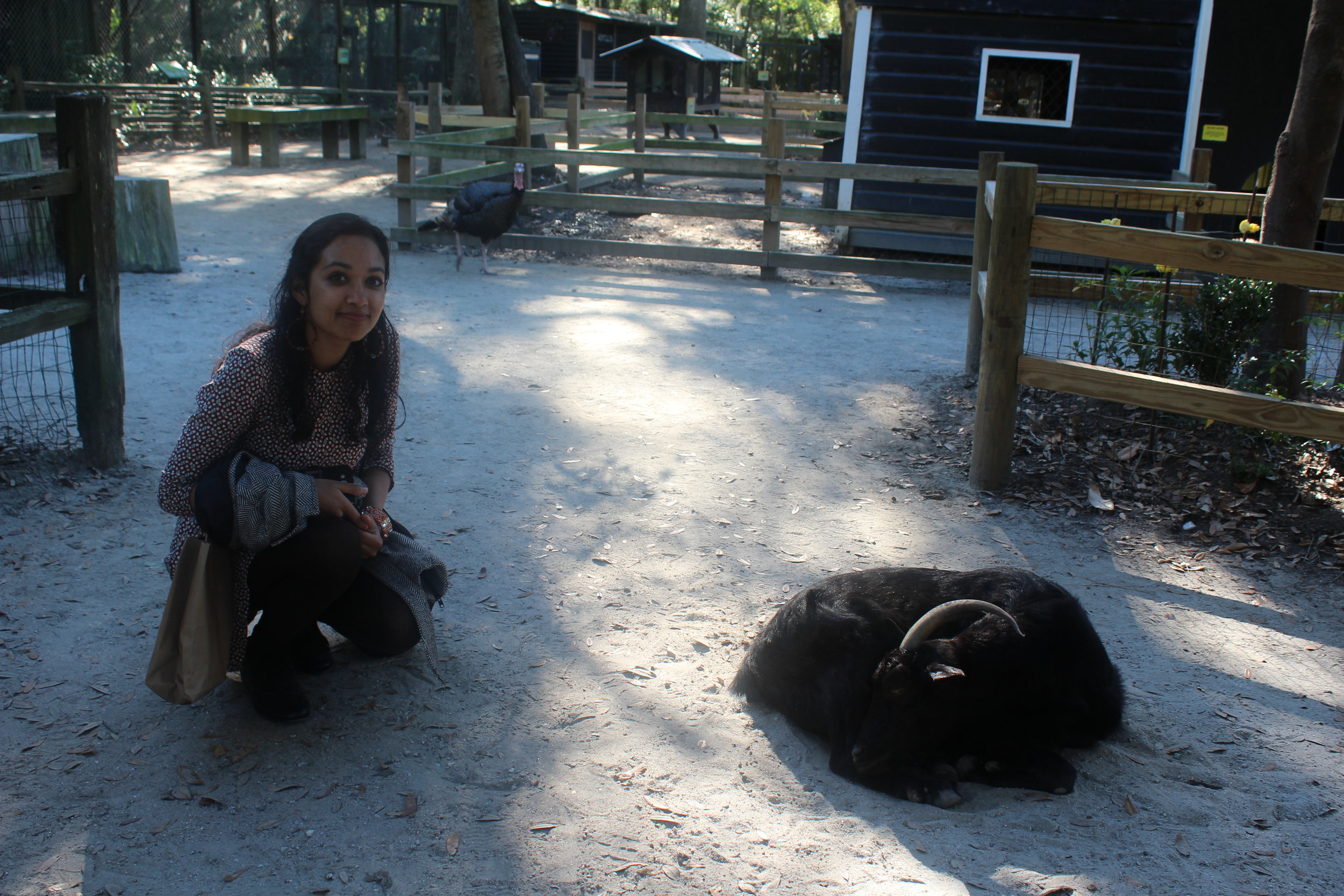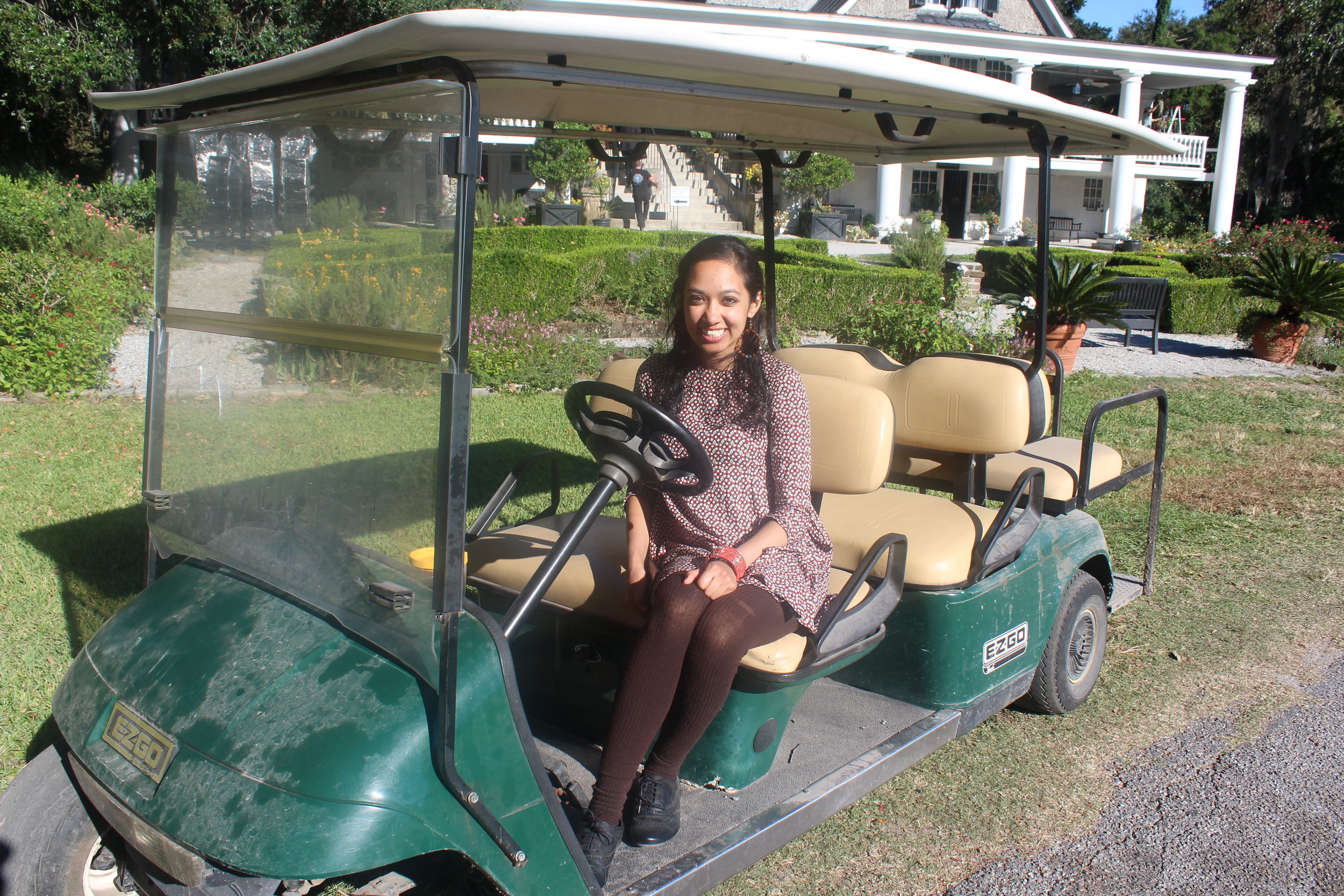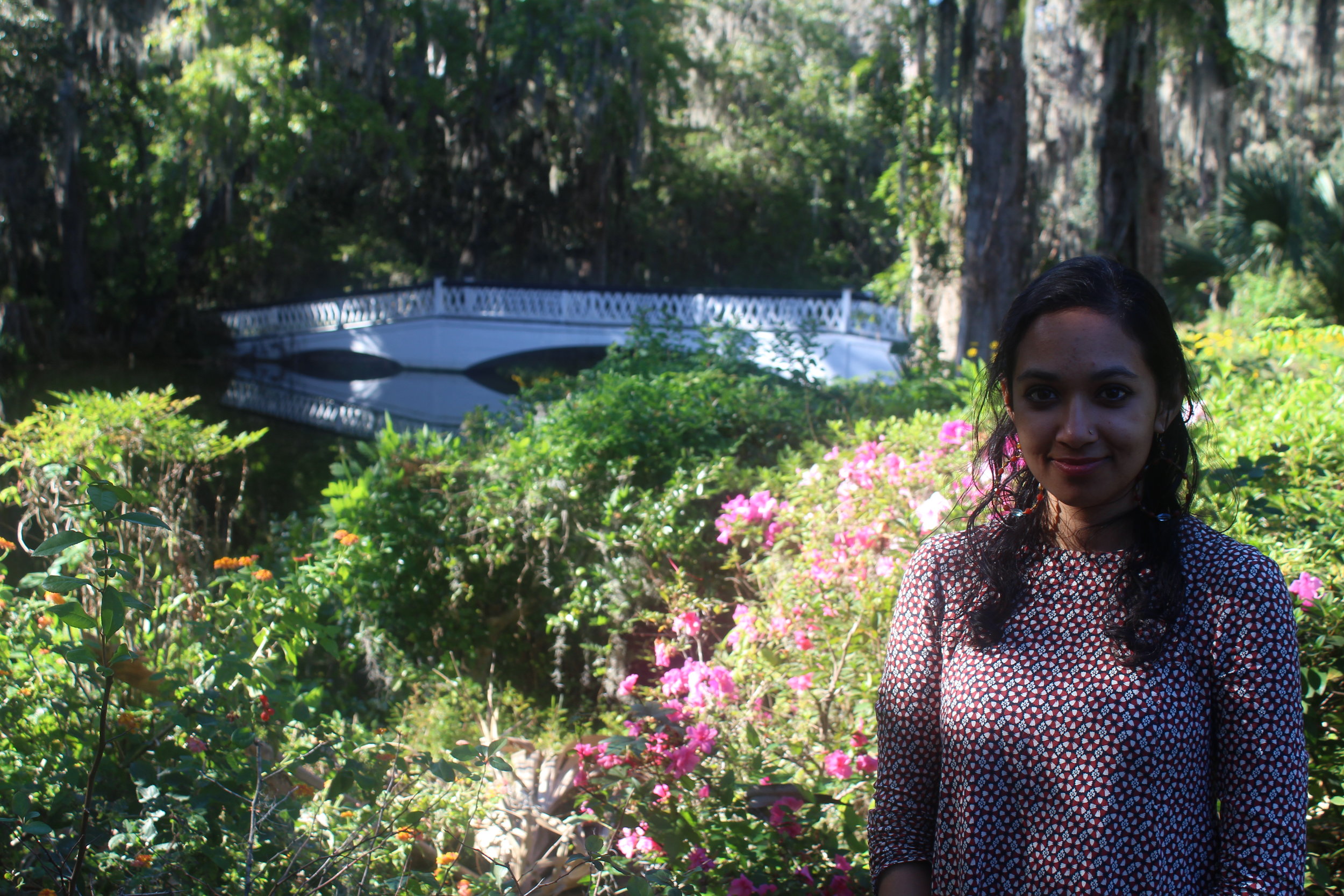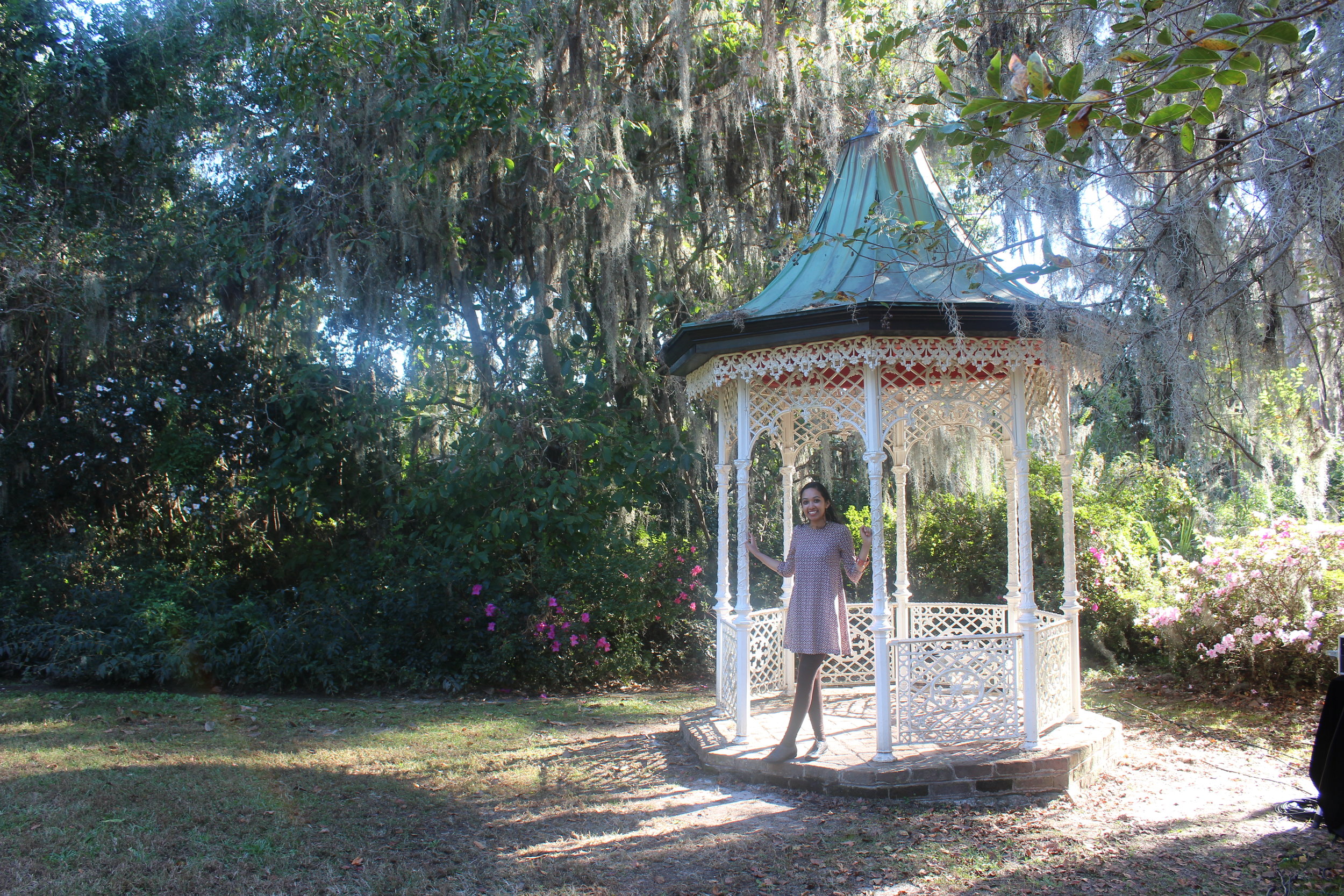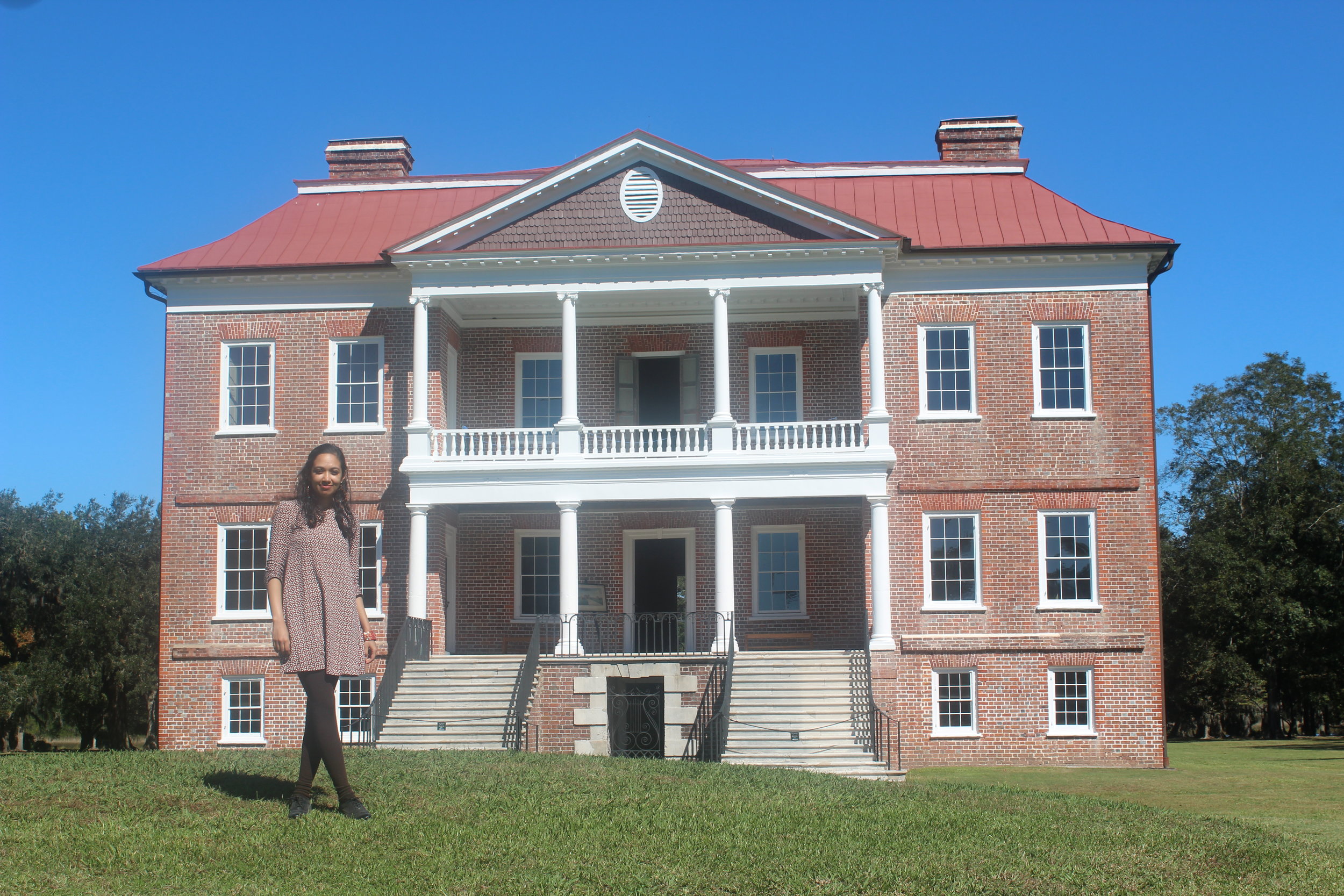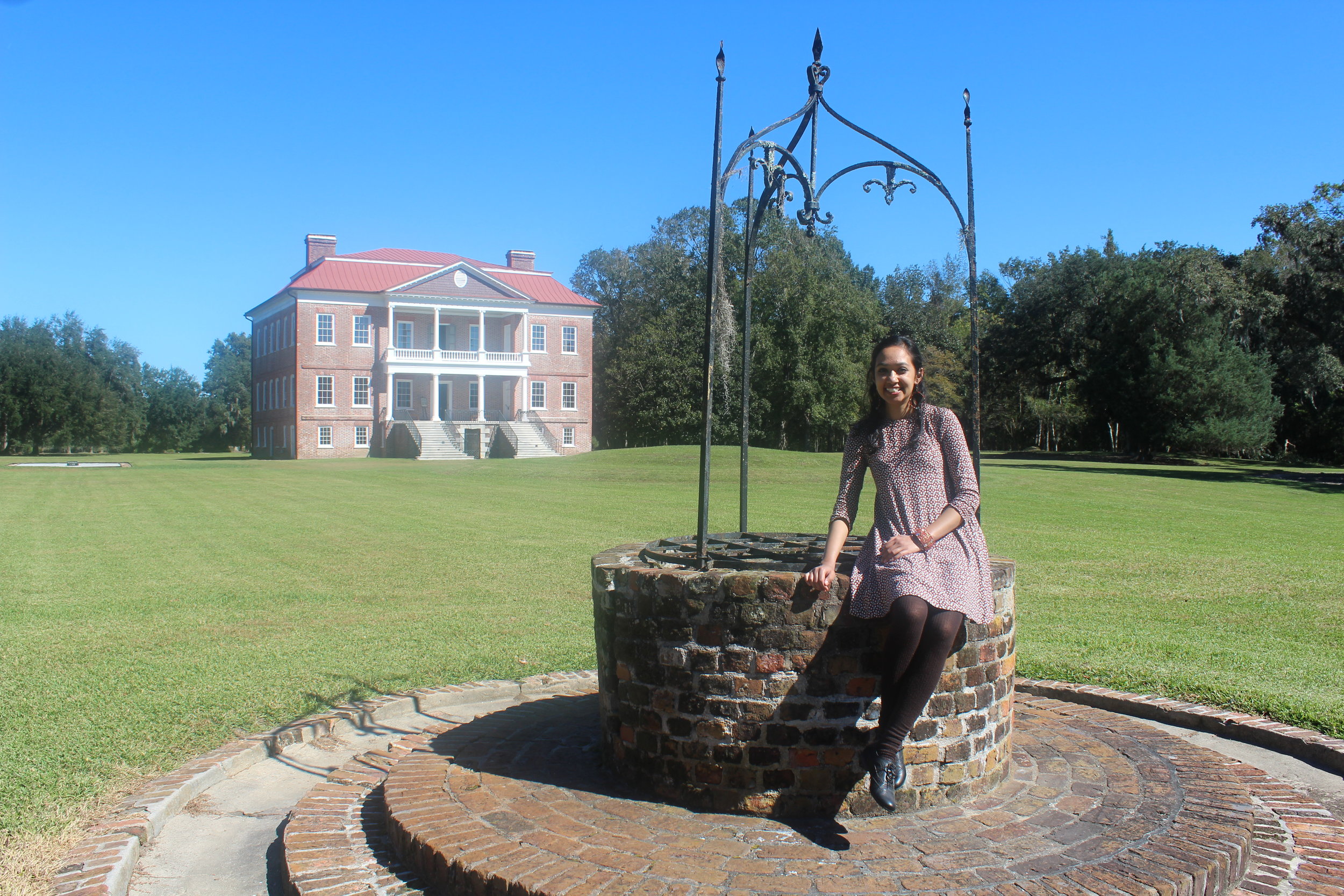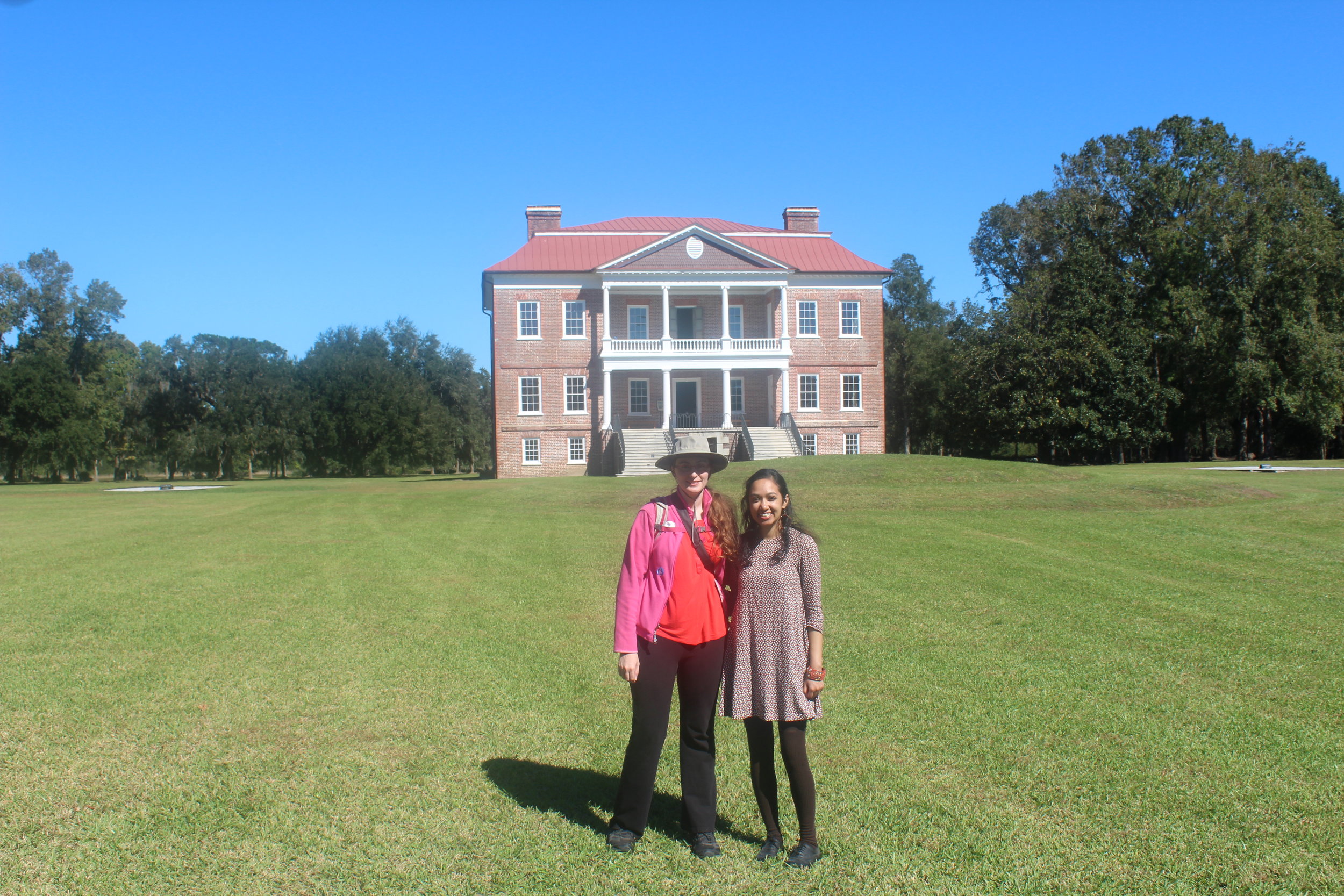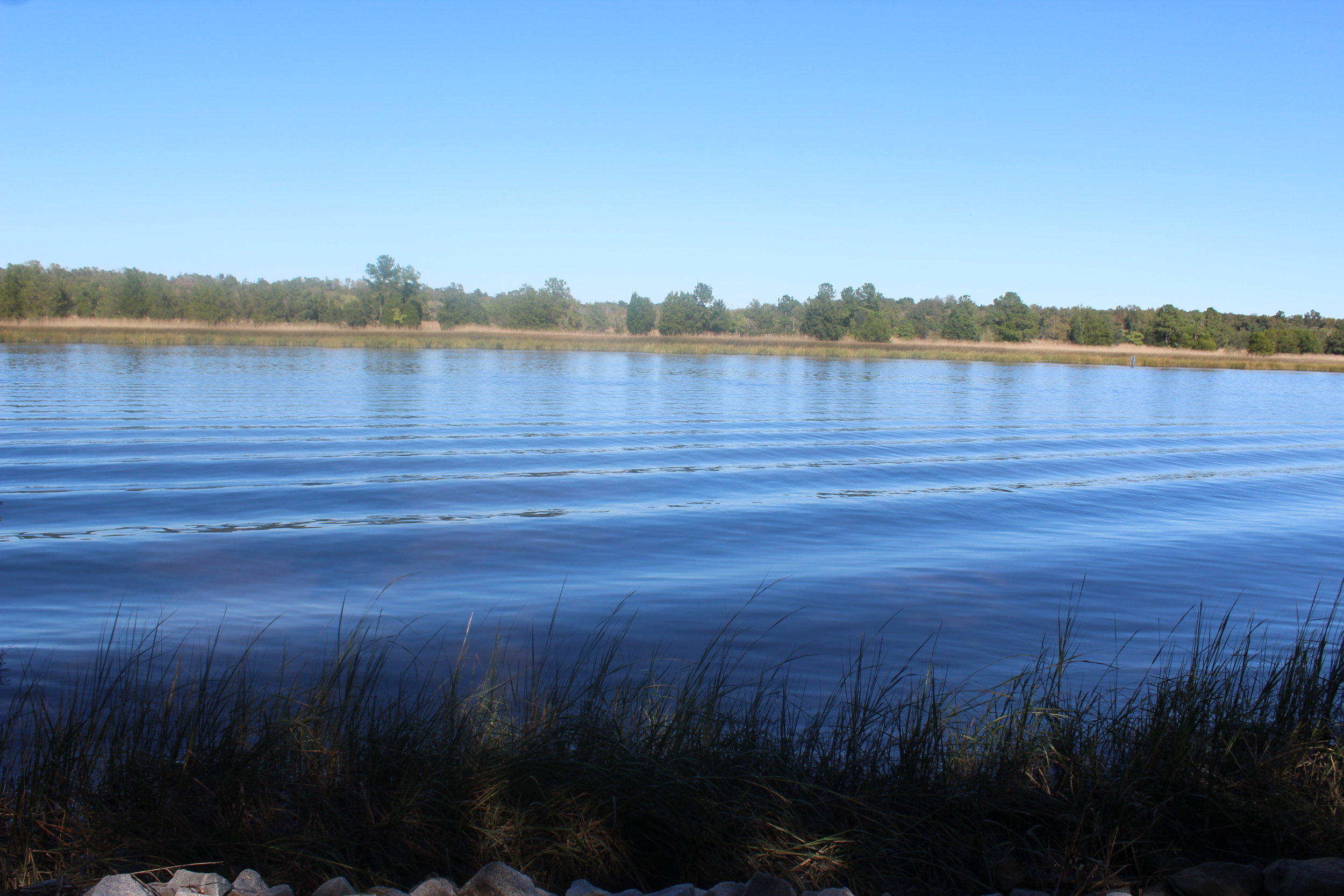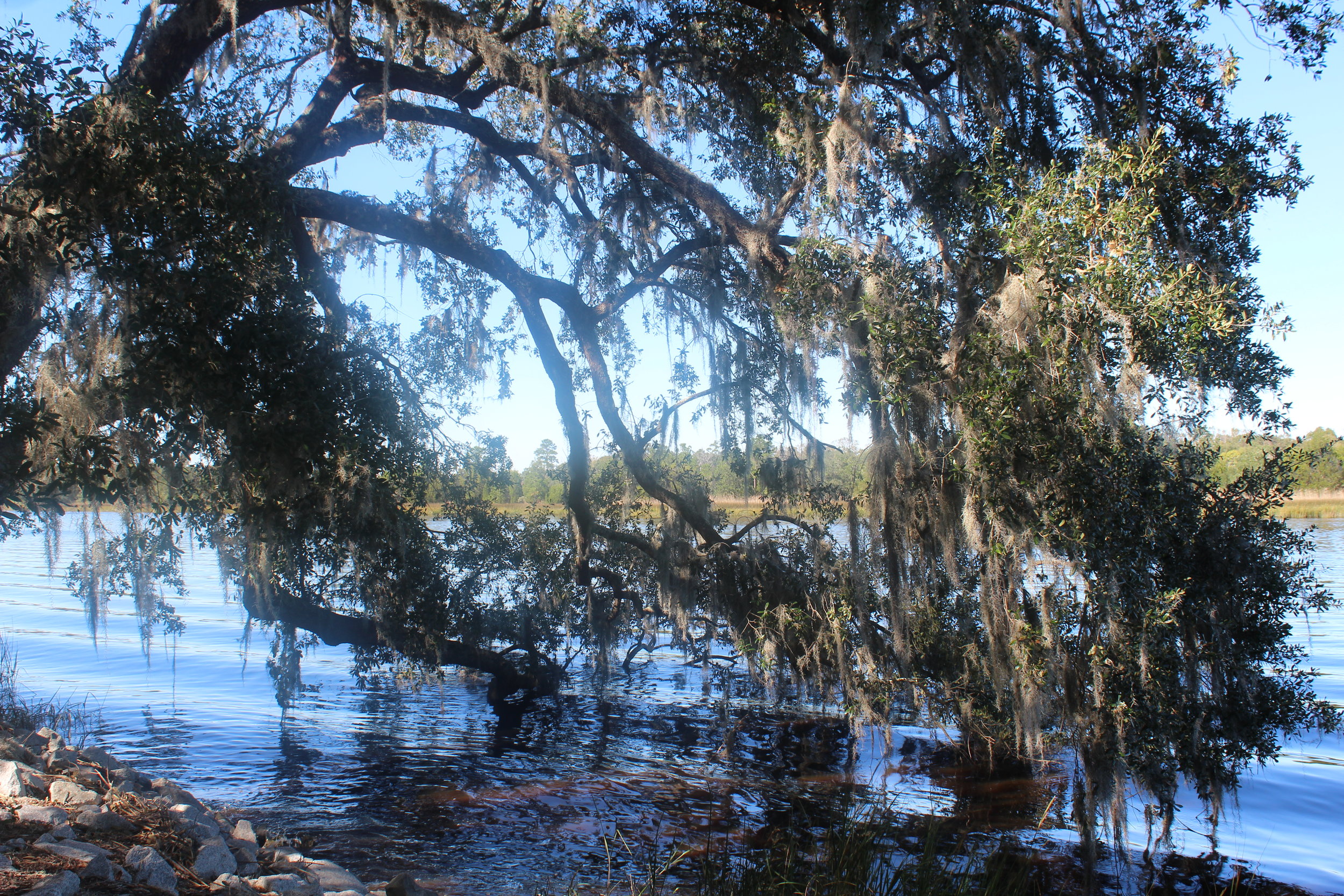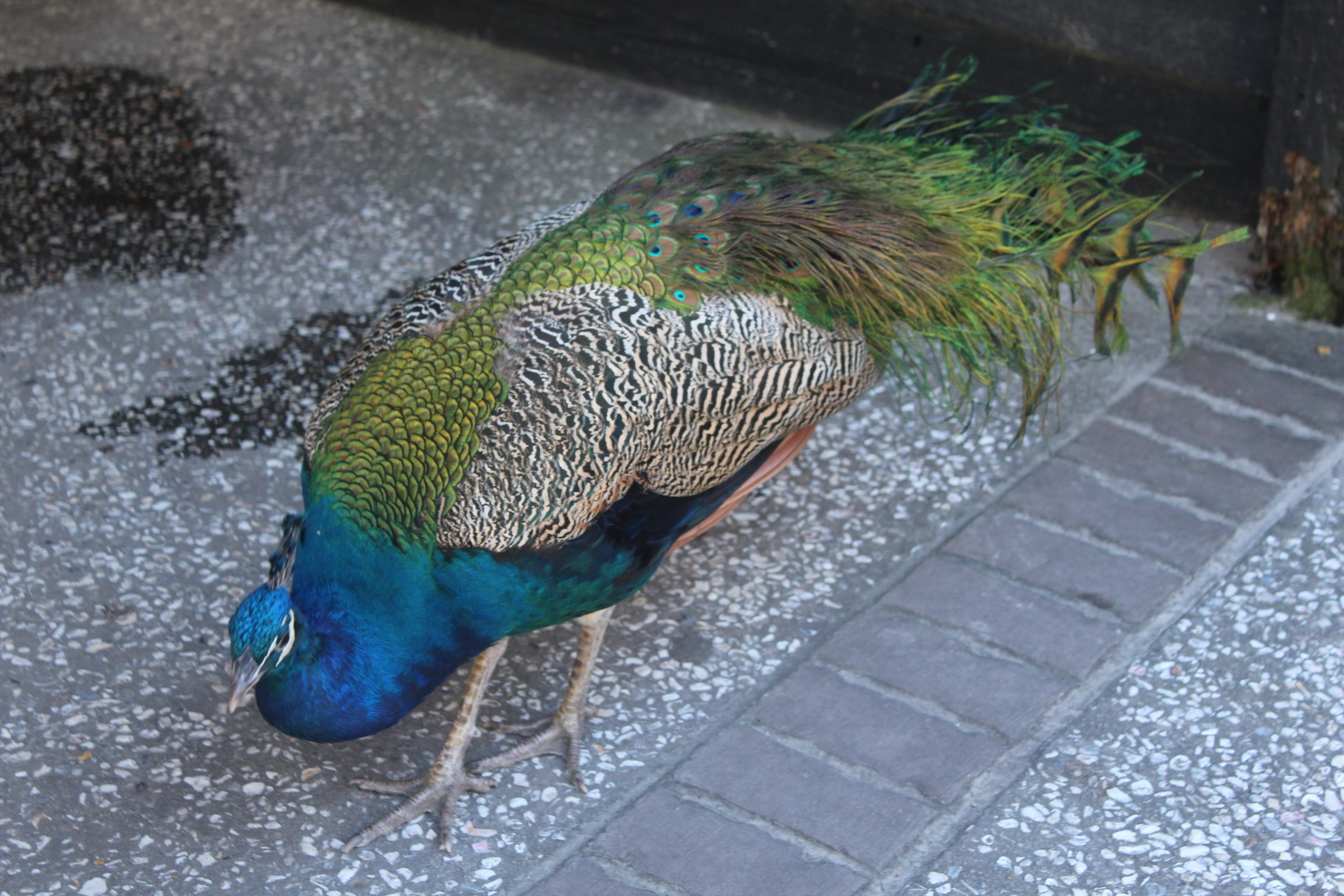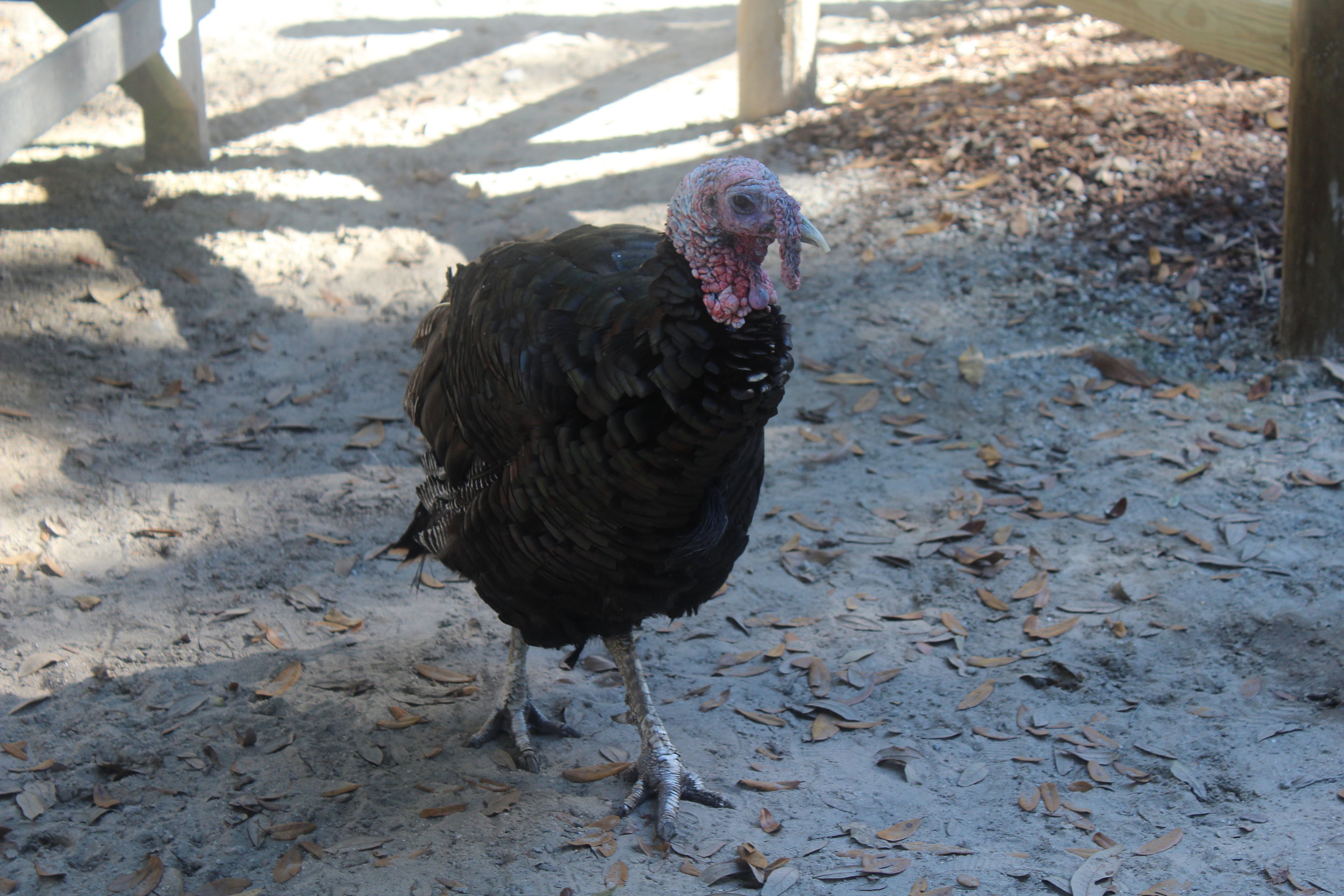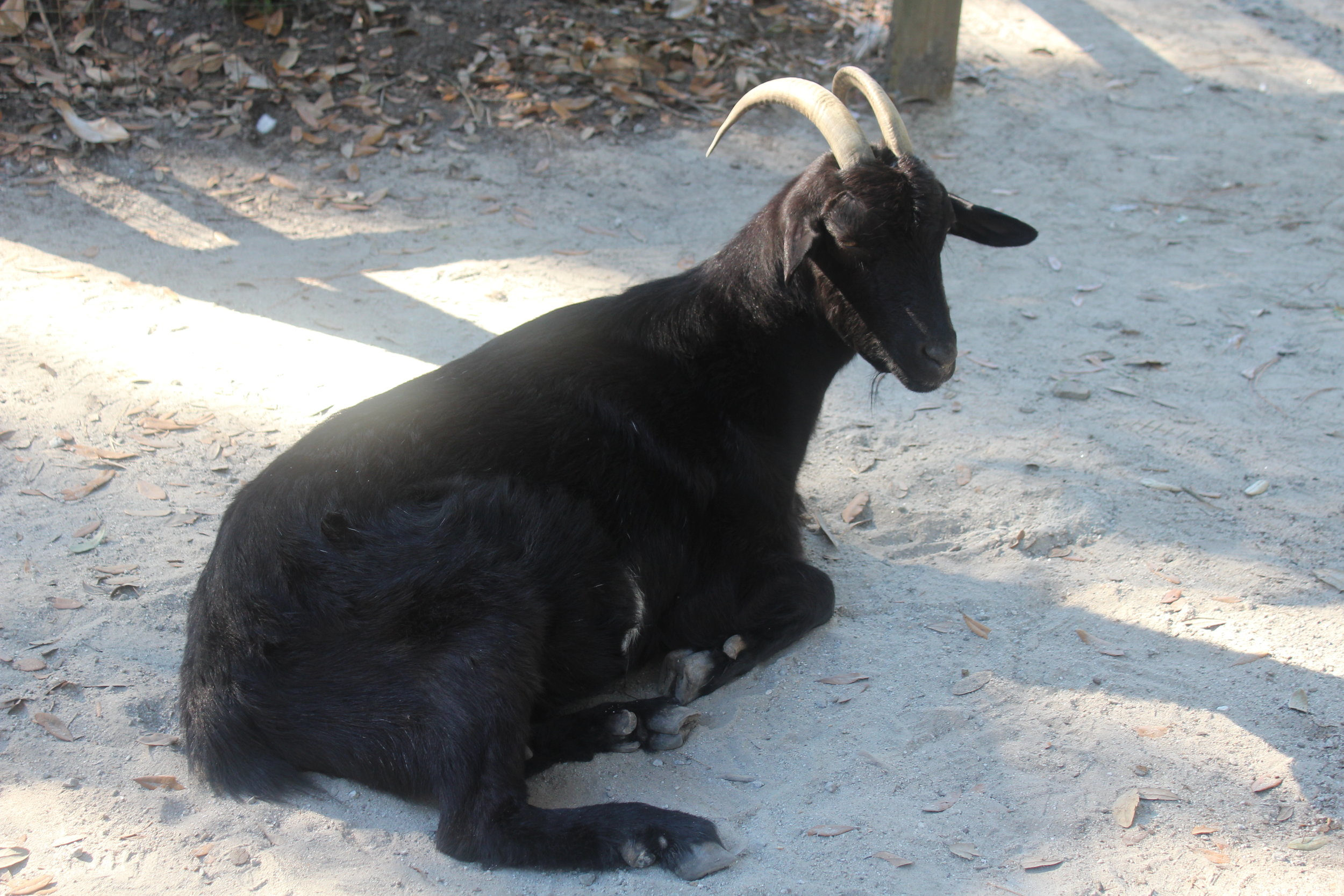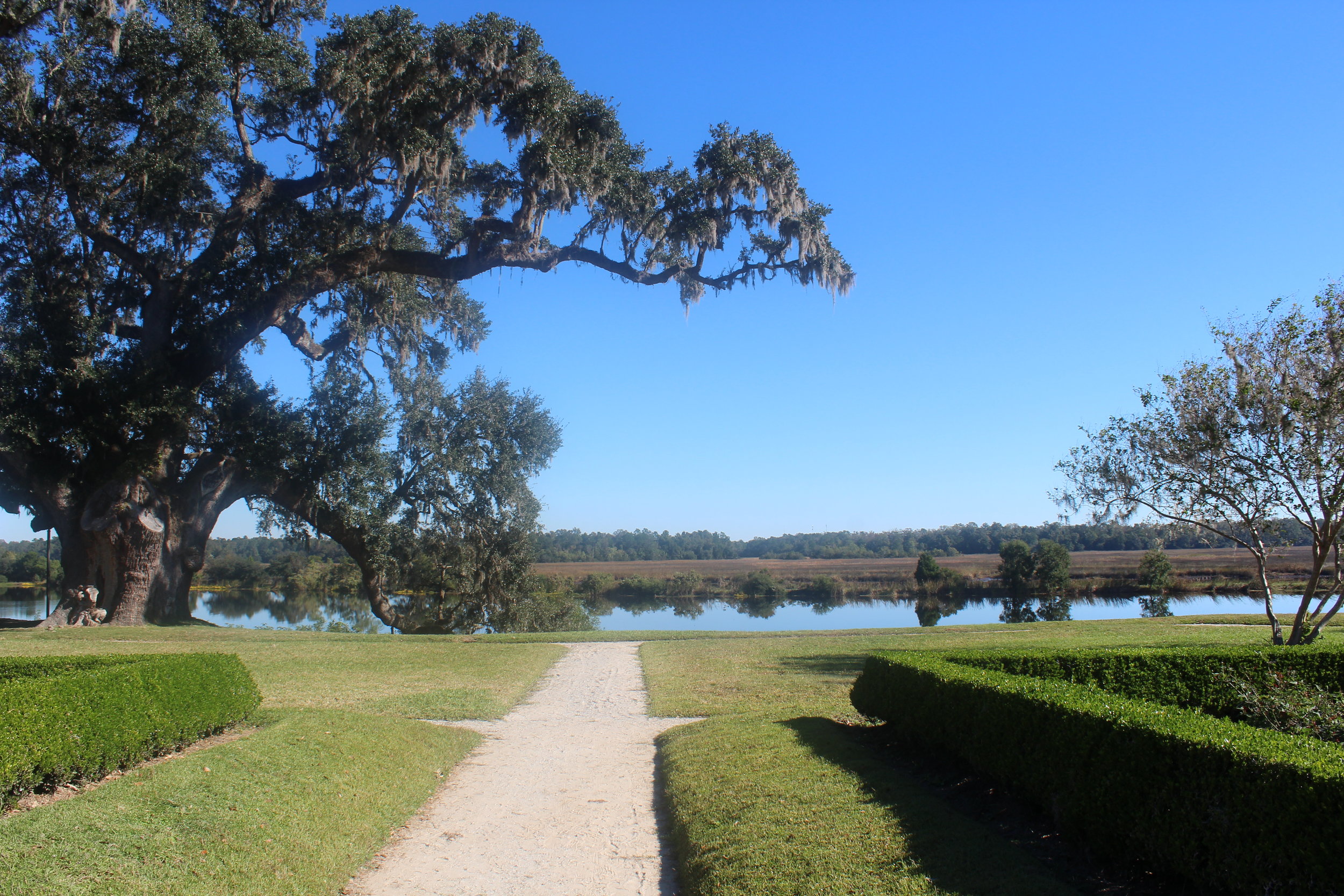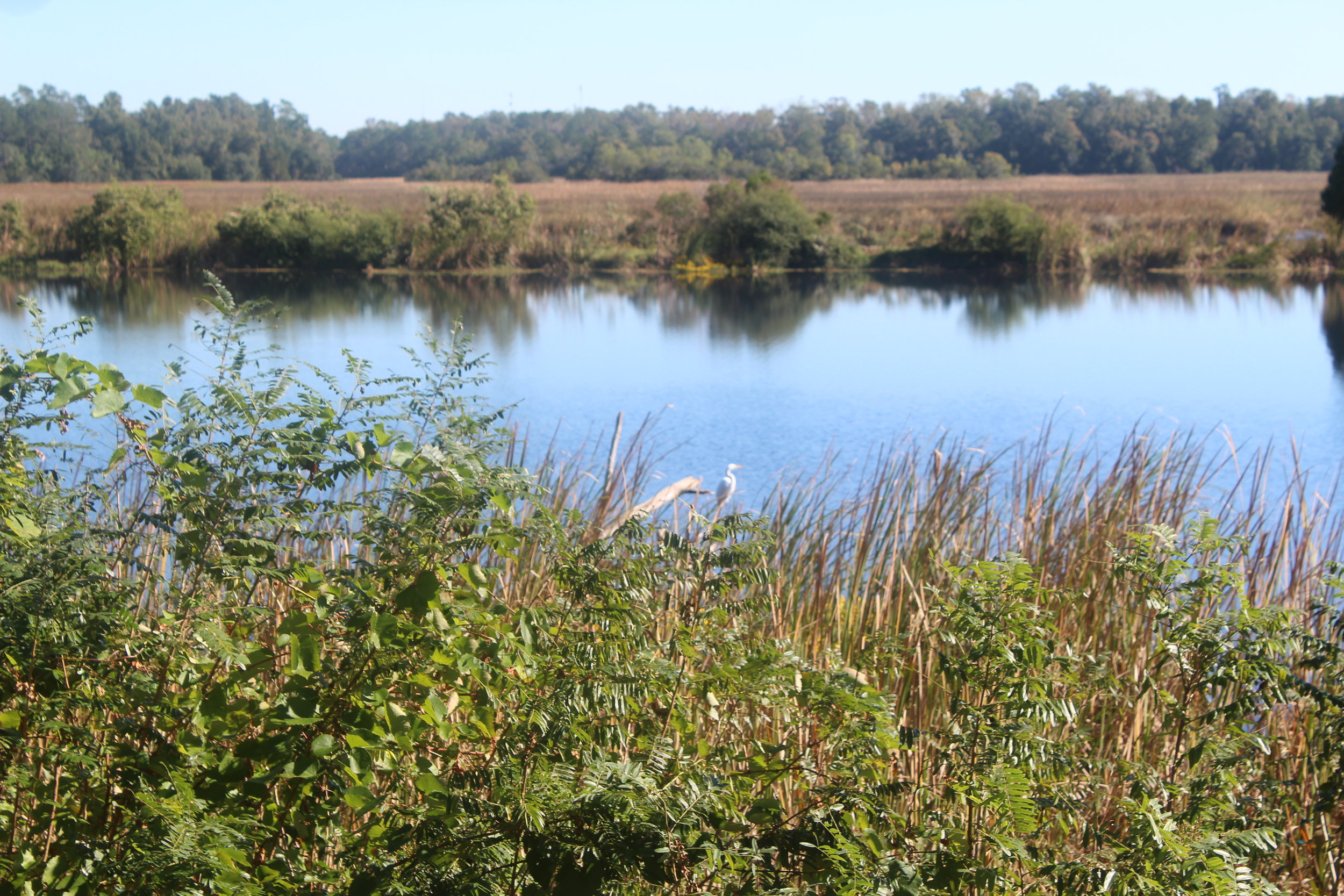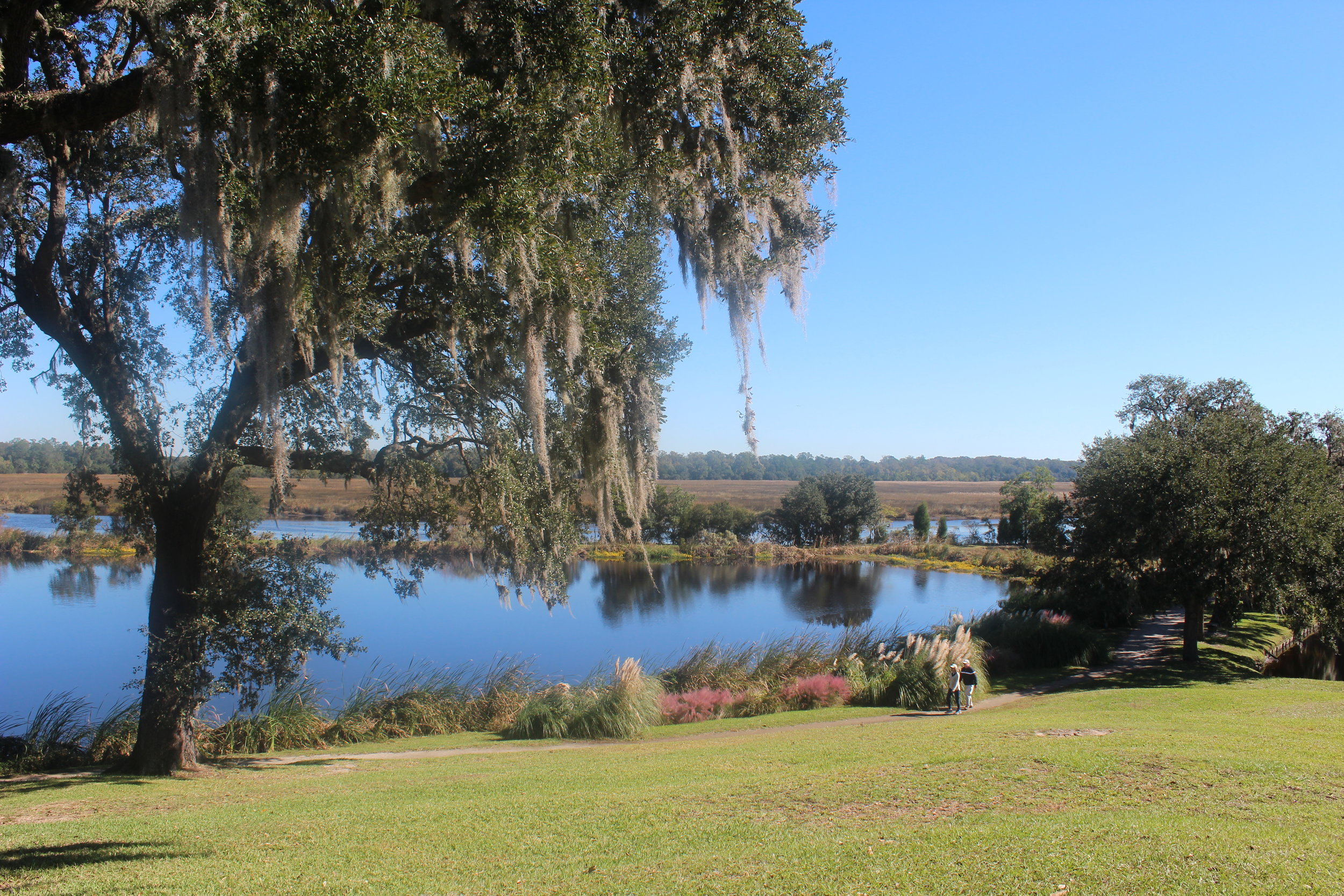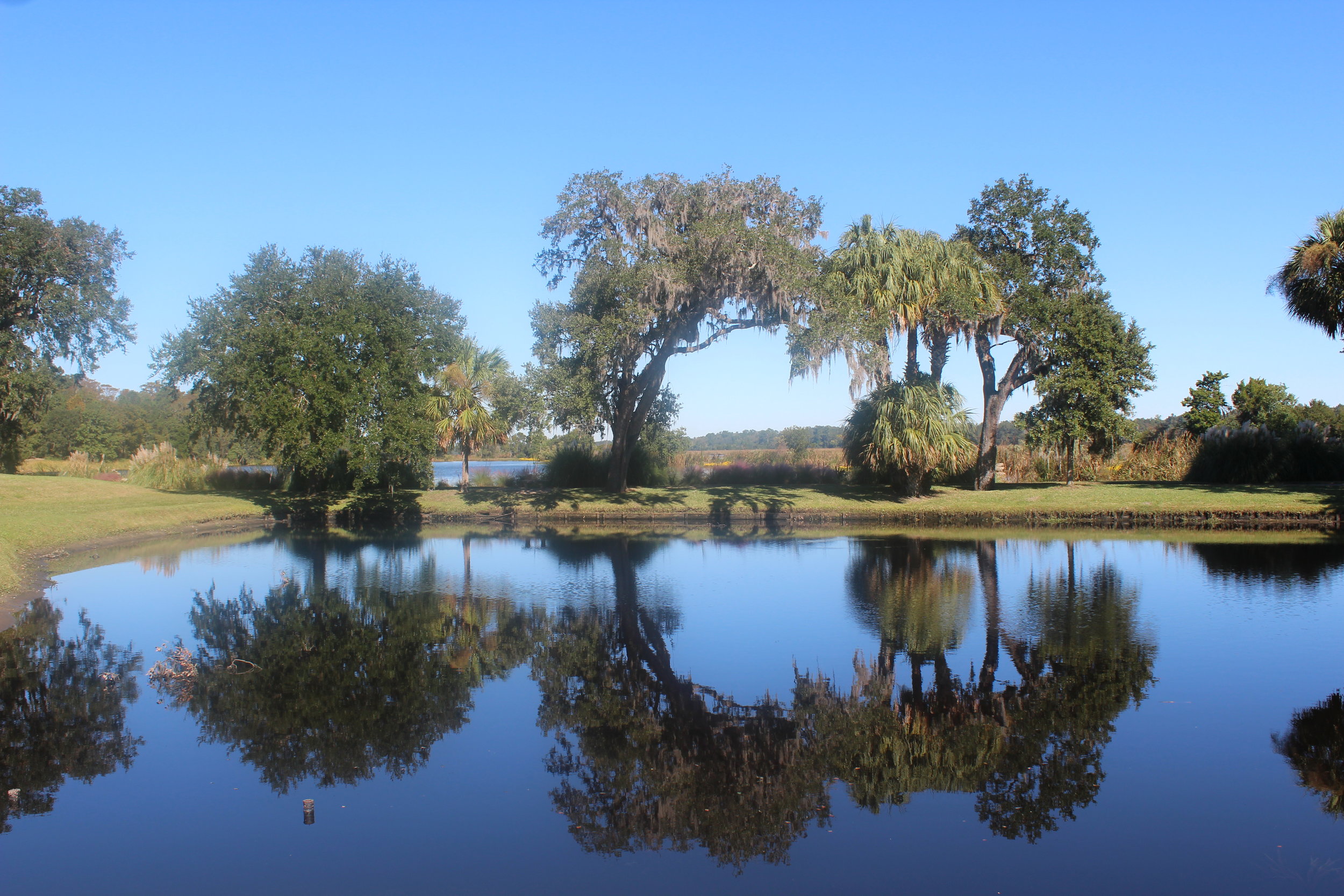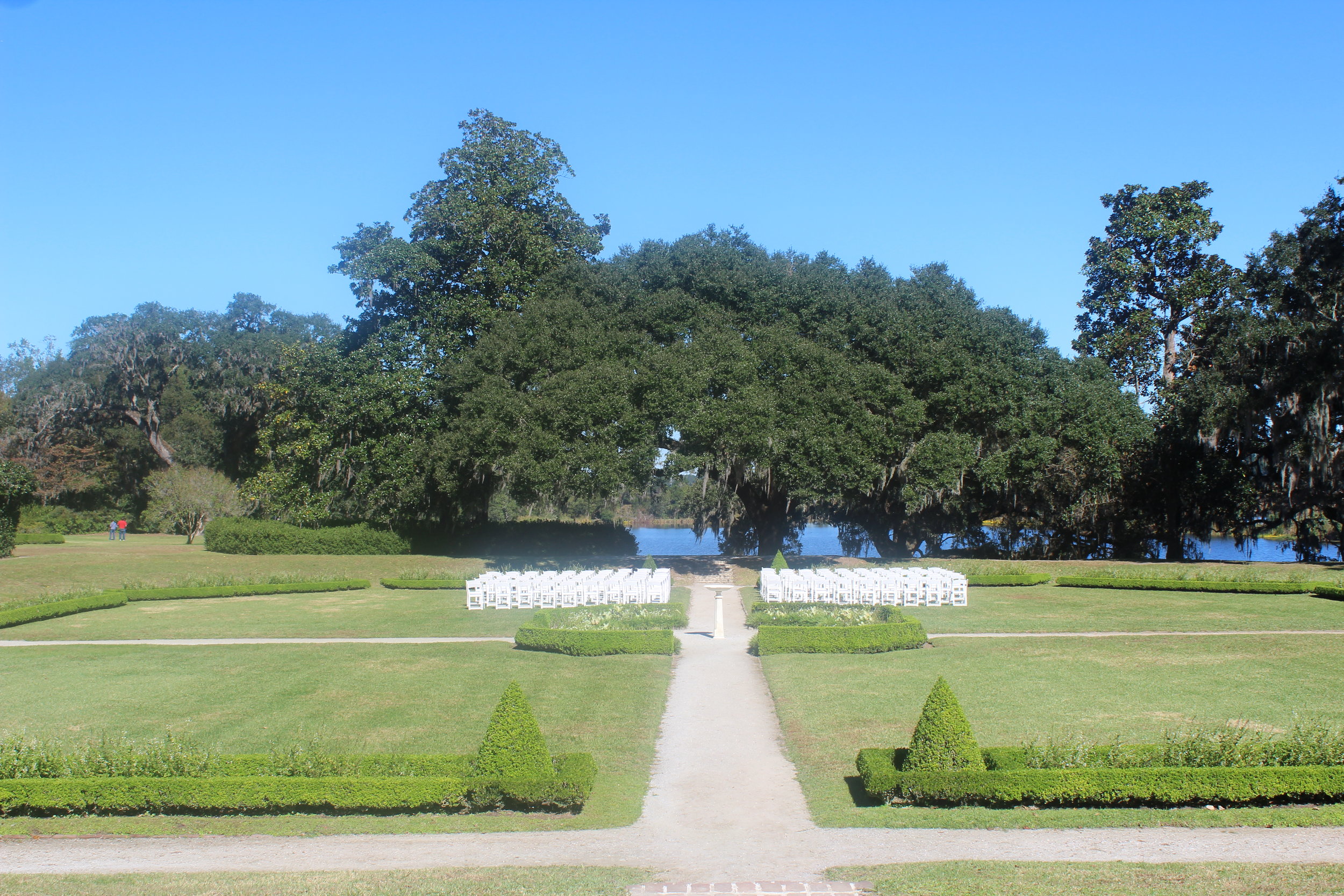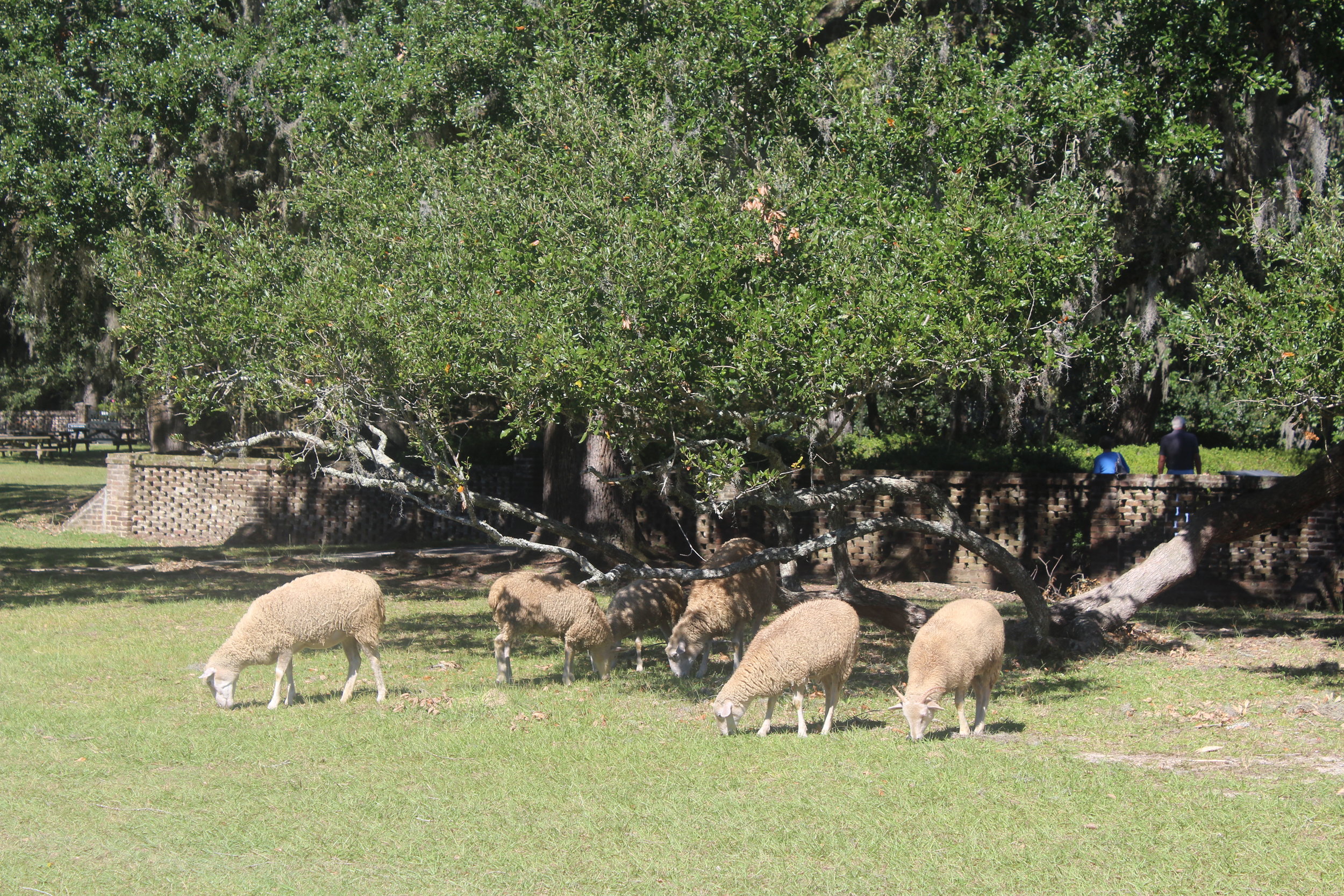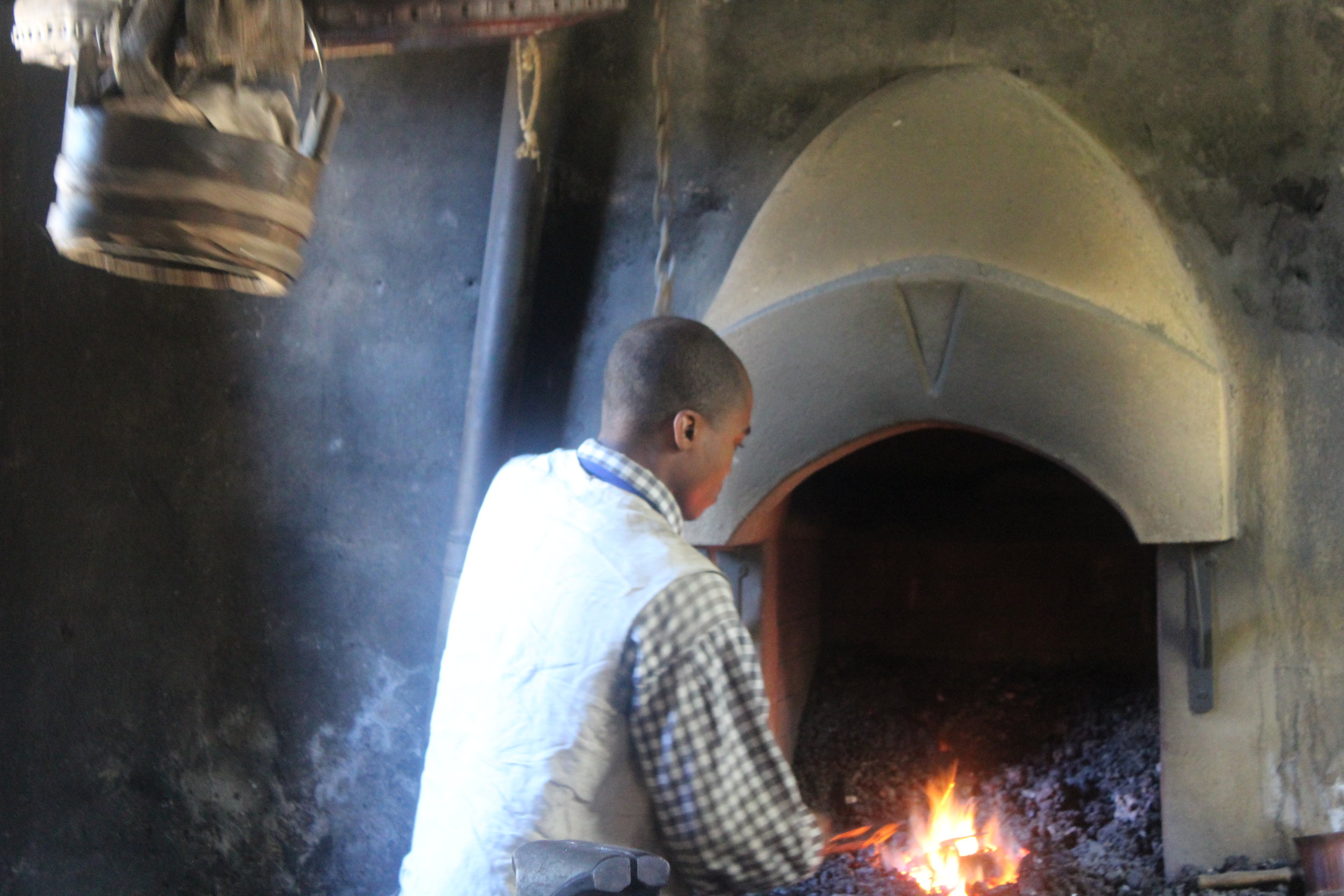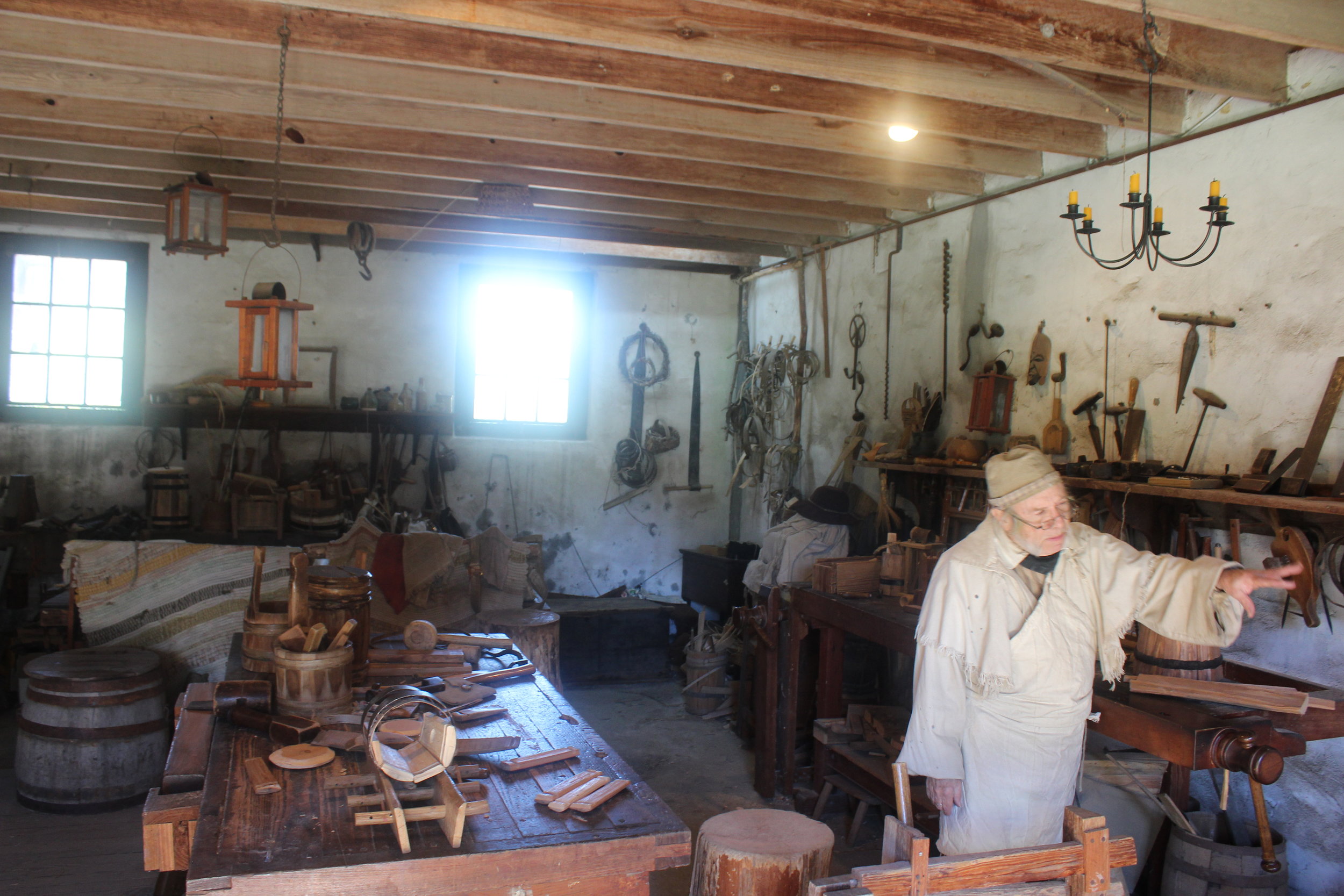Charleston: Preservation of Plantations
Farah Ahmad
Photographs will capture much of the historical radiance through which Charleston shines- I know I cannot possibly cover every detail, but I will try and recount my personal experiences of these preserved plantations. During my stay in Charleston, I visited four plantations which have driven the economics of this city. I wanted to share the many layers of American history buried behind the gorgeous gardens and luscious landscaping, which to date, have become the backdrop to modern day weddings and extravagant social affairs. Behind the glitz and glam of the plantations, there is the history of the slaves who labored long hours in the highly fruitful crop production of Charleston. Ultimately, the enslaved Africans led to Charleston's prosperity. Charleston became the largest port of entry in North America for enslaved Africans, and undoubtedly, they became the reason these plantations thrived.
Boone Hall
Nothing could prepare me for the Avenue of the Oaks while I gazed out from my Uber ride at the overhanging oak trees. The trees draped with moss, lined so neatly, embraced each other at the center, as if to form an entry canopy. I had only seen glimpses of Boone Hall through the film The Notebook, but you must visit in person to experience the tranquility of time. The grounds, the air I was breathing, the static structures, poised with calm composure- it was as if they had not aged, and held in stories of their own to tell.
Boone Hall dates back to 1681, when the plantation was first founded. The plantation has transferred ownership several times throughout the decades and the present day main home was not constructed until the 1900s.
A handful of the slave cabins still stand today. These single-story solid masonry structures can be toured by the public, and serve as little museum hubs. They are boldly positioned in front of the main home on the plantation, oriented towards visitors arriving from the Avenue of Oaks.
Photography was not allowed inside the main home of the plantation. Inside, wealthy displays of furniture and finishes from the landowners who resided within the Colonial Revival style mansion. Every detail- from the flooring to the crown molding- was seemingly maintained in excellent condition. A piano, the dining table, bookshelves integrated into the walls.. these provide some glimpses of family life in the 1950s. Click the left and right handles below to scroll.
Today, the plantation is still active, growing crops in Spring, Summer, Fall, and is the host of many seasonal events. While on site, I learned about the Gullah culture through a live performance with singing and storytelling. The Gullah are African Americans residing in South Carolina and Georgia, whose ancestry trace back to the roots of slavery, and who have preserved their culture to this day. The ancient craft of Gullah basket weaving is a common sight along the streets of Charleston. I also experienced a guided tour in a trolley, throughout the many acres of the plantation!
Magnolia Plantation and Gardens
Magnolia was founded in 1676 by the Drayton family (Drayton Hall is located nearby), and is certainly one of the most beautiful gardens in America. Magnolia' roots stem from its rice fields.
The scene captured below at Magnolia is the single most picturesque scene I have ever, ever, ever wandered upon. There is a very profound silence and stillness throughout the garden. I do not believe any visit to Charleston is complete until you have seen this garden with your own eyes, because it is truly mesmerizing. The numerous plantings and lakes are, simply put, pristine.
Walk through Magnolia by clicking the left and right handles below.
Today, the plantation hosts several recreational activities on site, including a petting zoo, trails, pedestrian bridges, and gardens... click through the photos below.
Drayton Hall
Similar to the previous plantation, Drayton Hall is located along the Ashley River. The home is an icon of the grounds. 600+ acres of indigo and rice fields are visible as you walk through and along the periphery of the site, where it meets adjoining waters. The Palladian style mansion from the 1740s is set so crisply- its portico and stories so sharply defined.
Middleton Place
Middleton Place's sharply defined axis and symmetry were well appreciated as I traversed the site. The gardens have cleverly integrated man-made features into what will feel like a very natural, yet intentional experience. One will also notice the rice fields that are evident along the Ashley River. Interesting tidbit: Arthur Middleton, a signer of the Declaration of the Independence, lived on this site!
The reflecting pool, independent structures strategically dispersed throughout the site, incredibly friendly herds of animals down South, blacksmith, crafts of centuries past, and similarly rare traditions are displayed in my gallery below. Please utilize the left and right handles to walk through Middleton...

